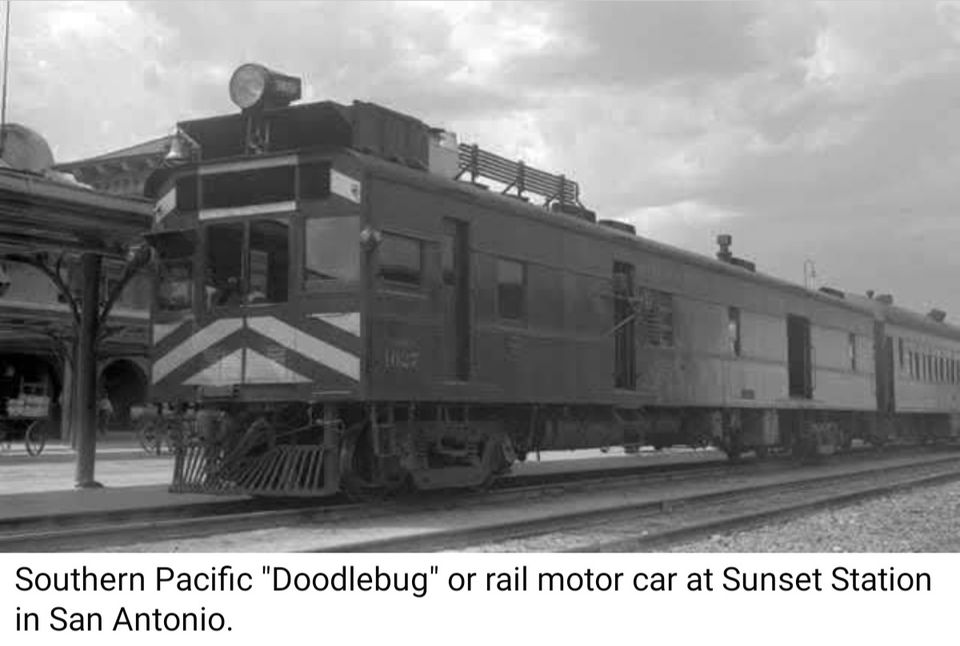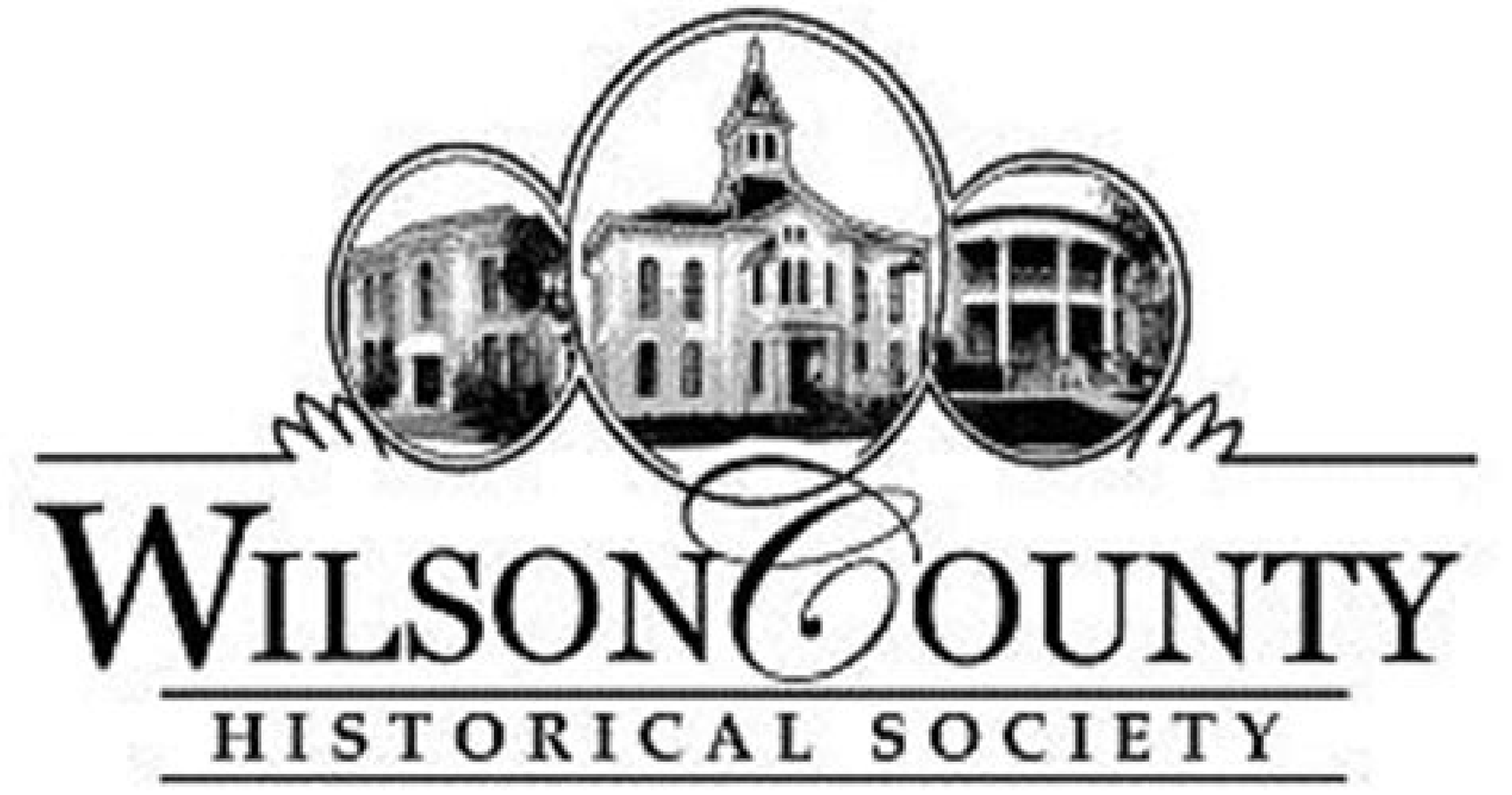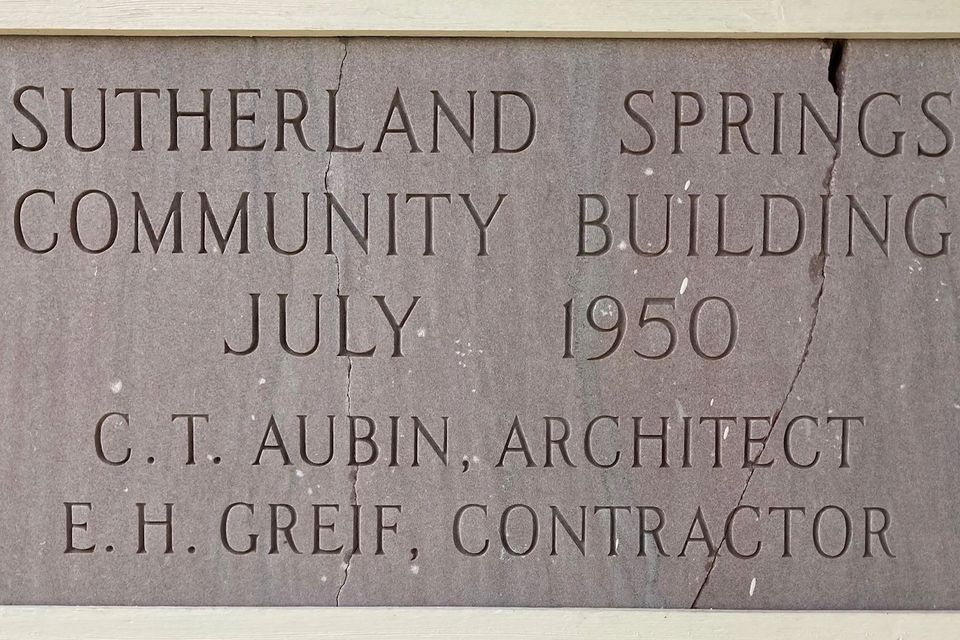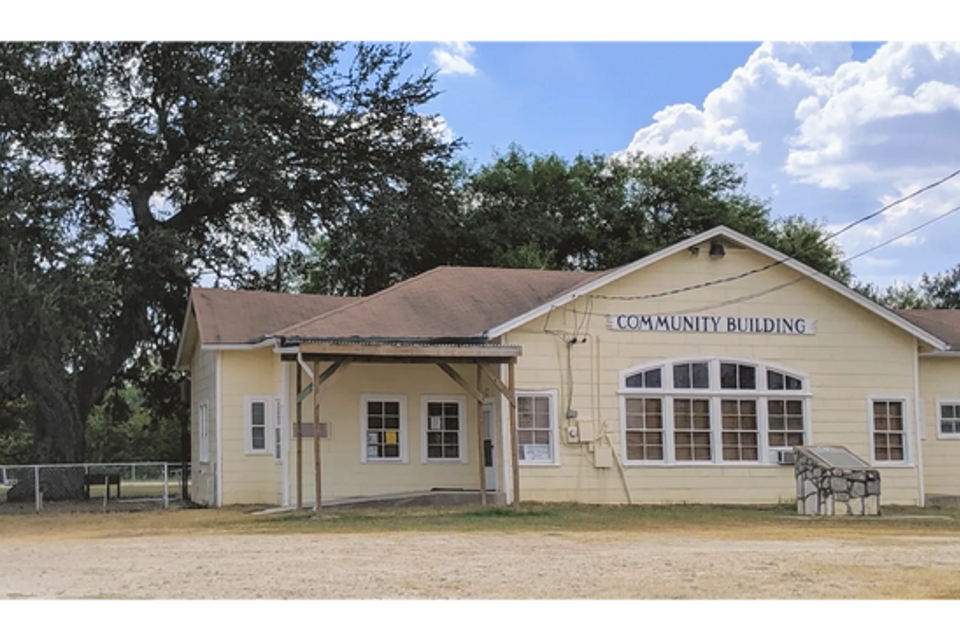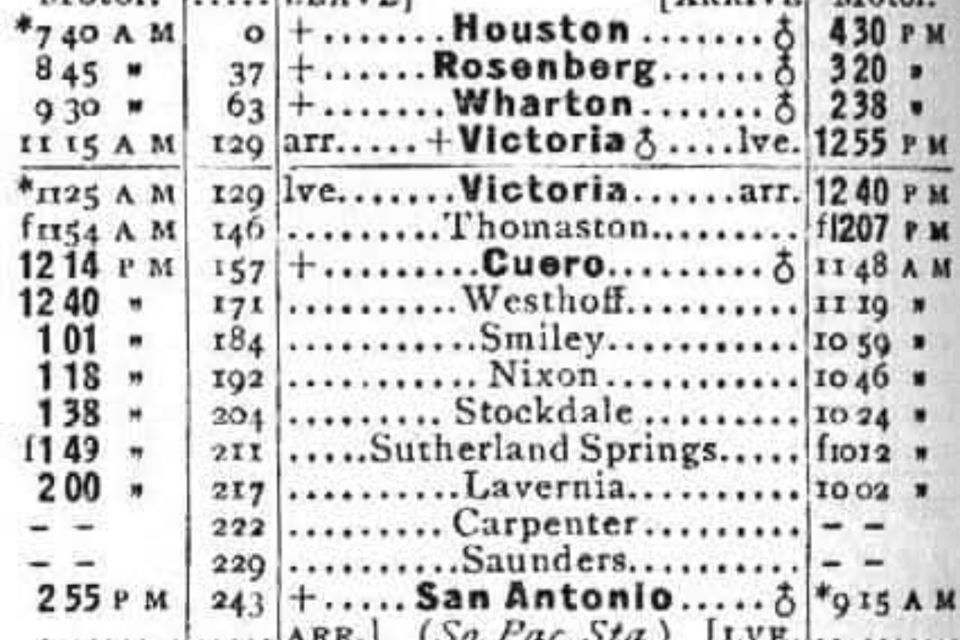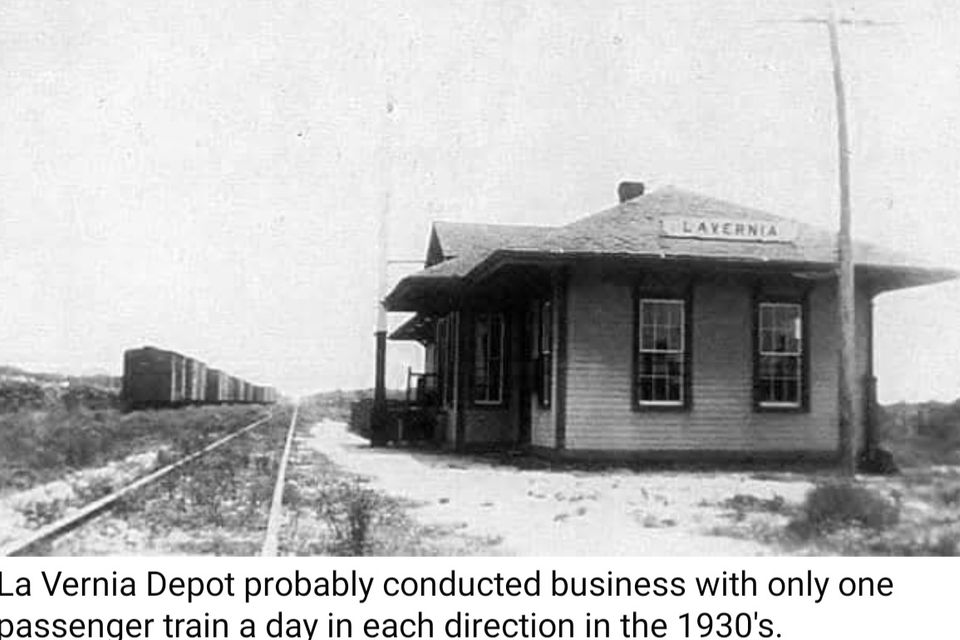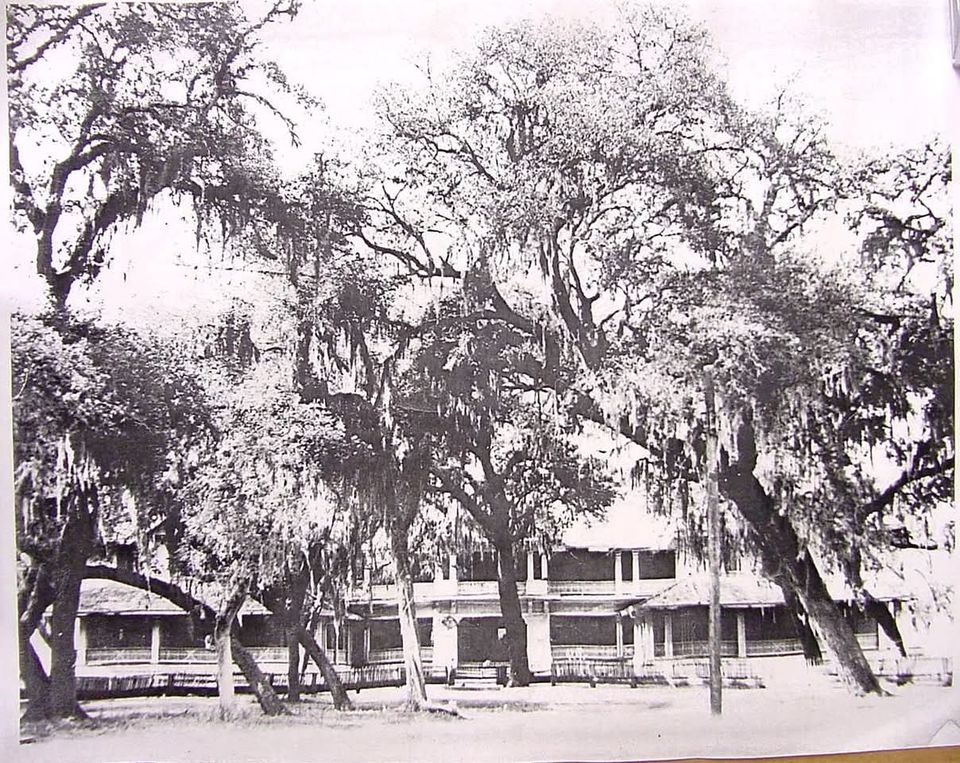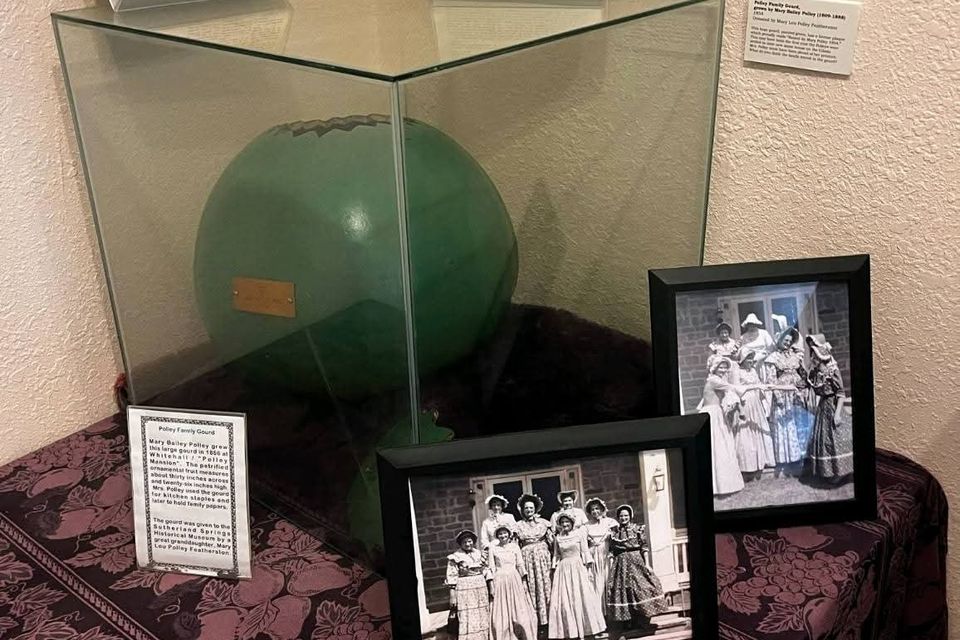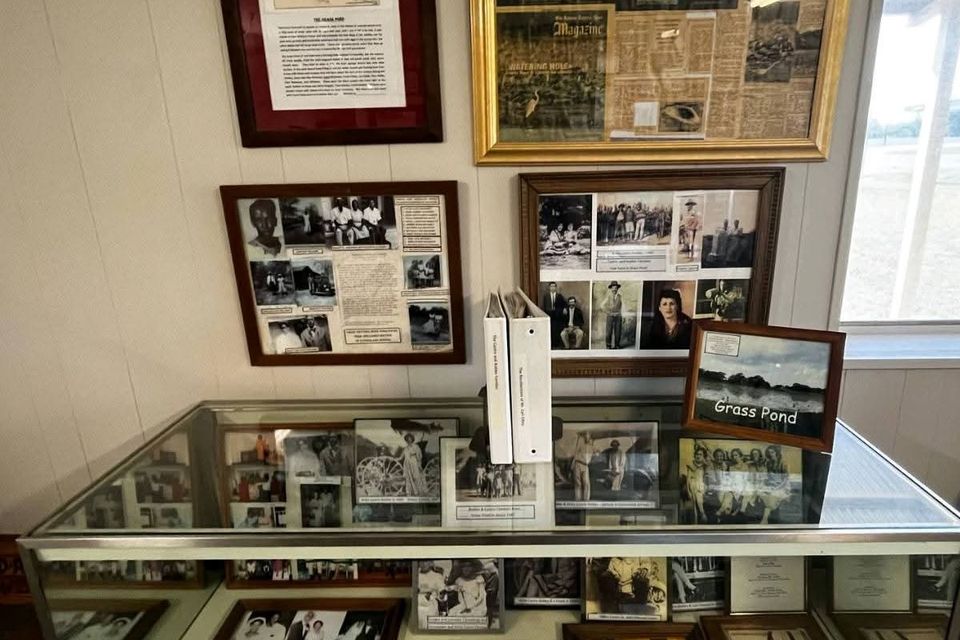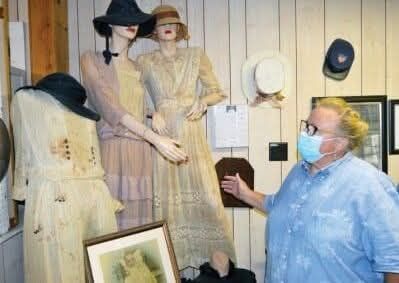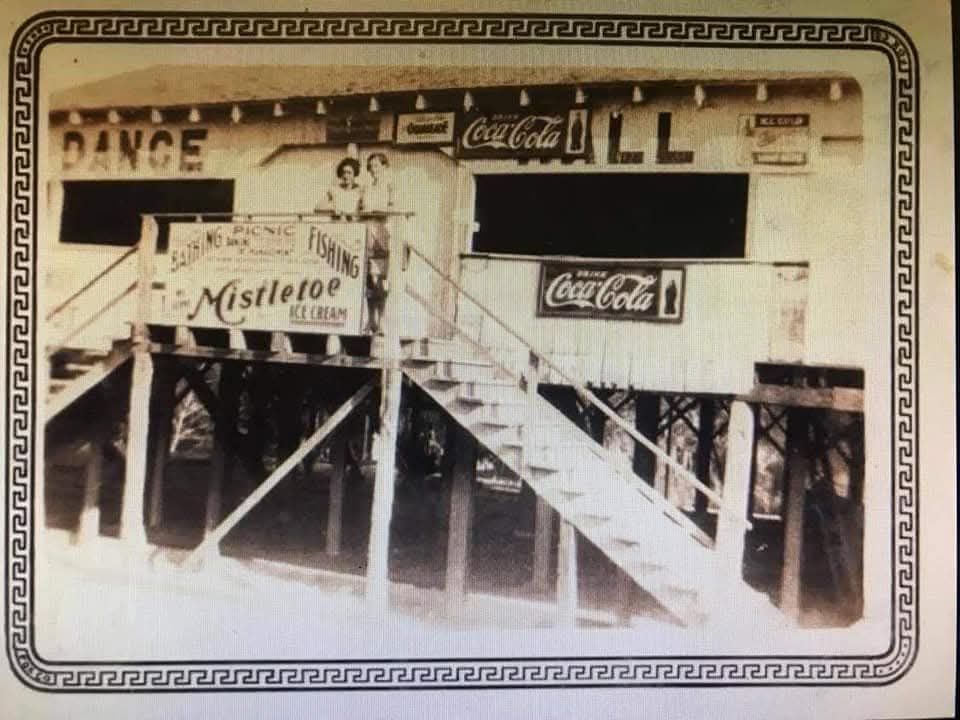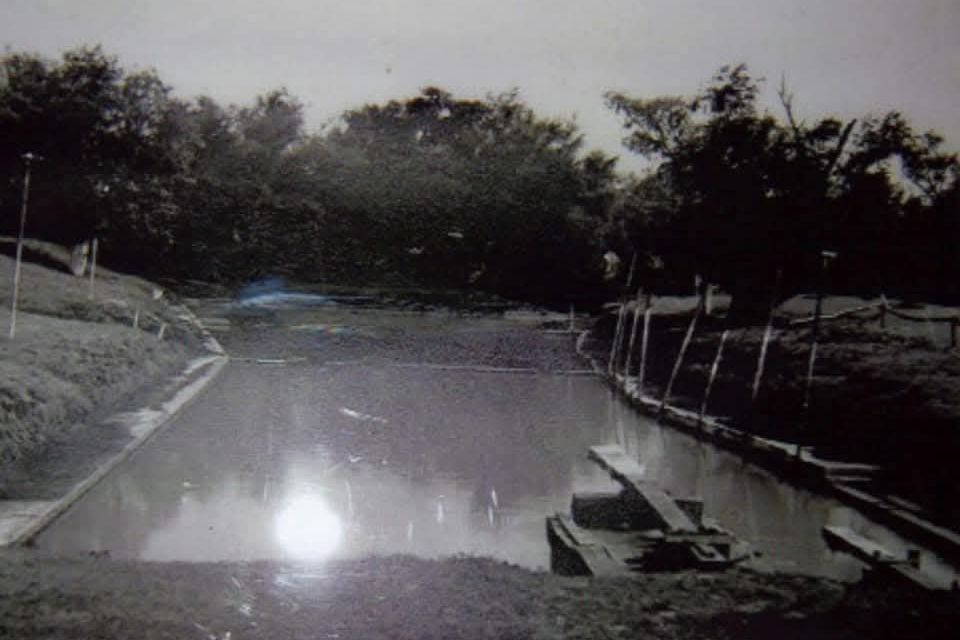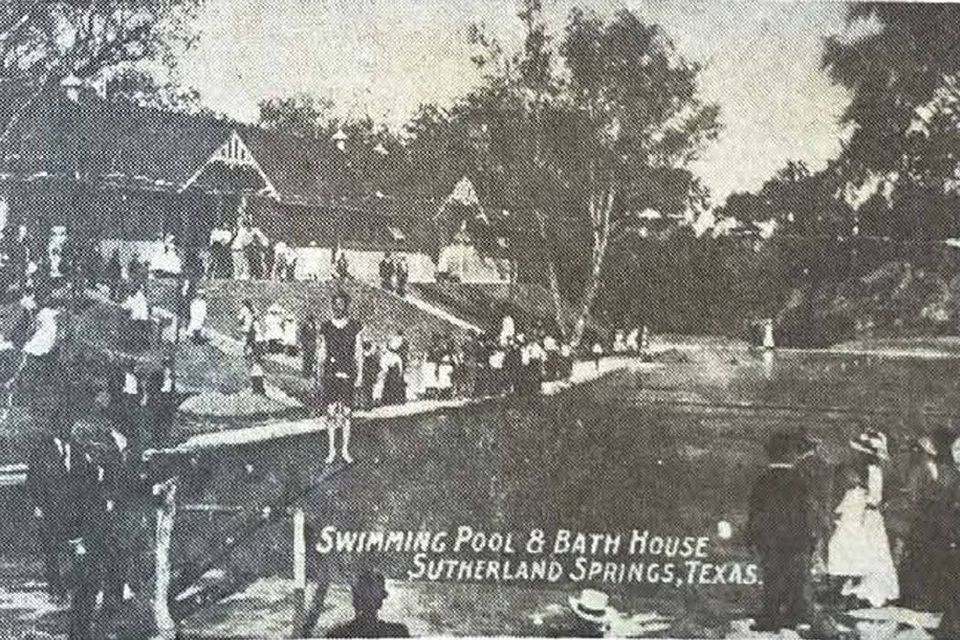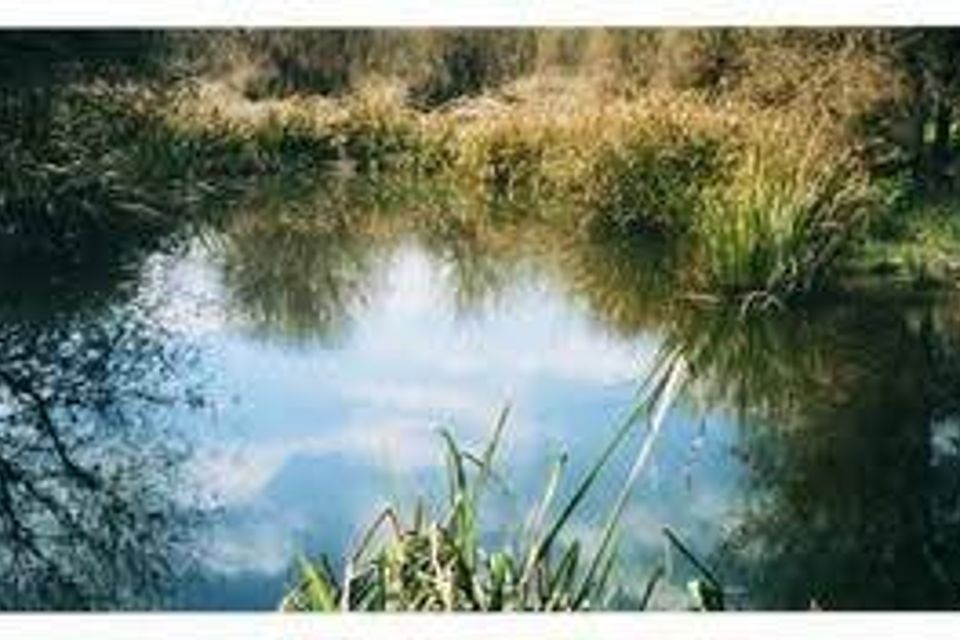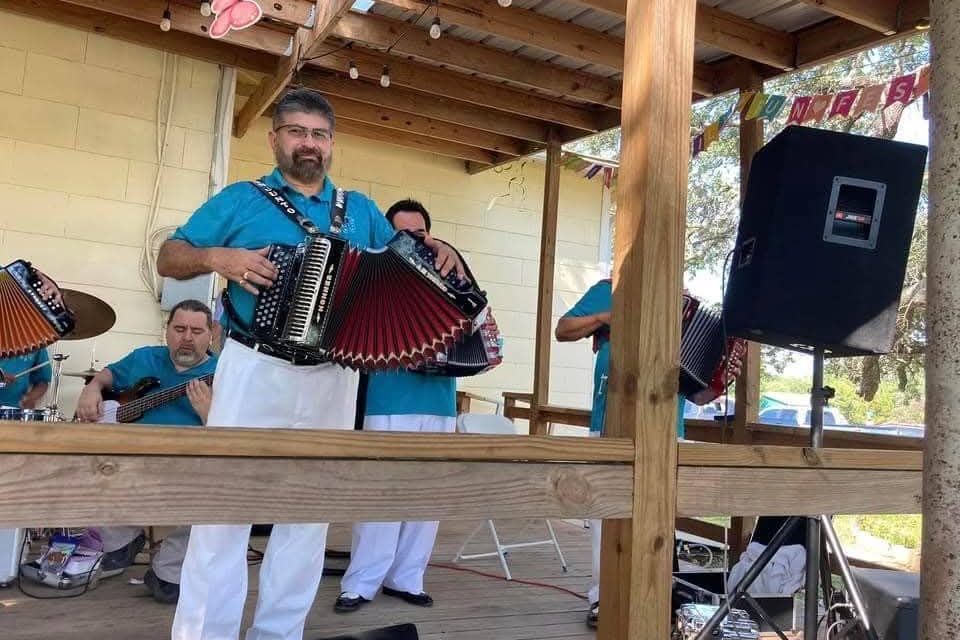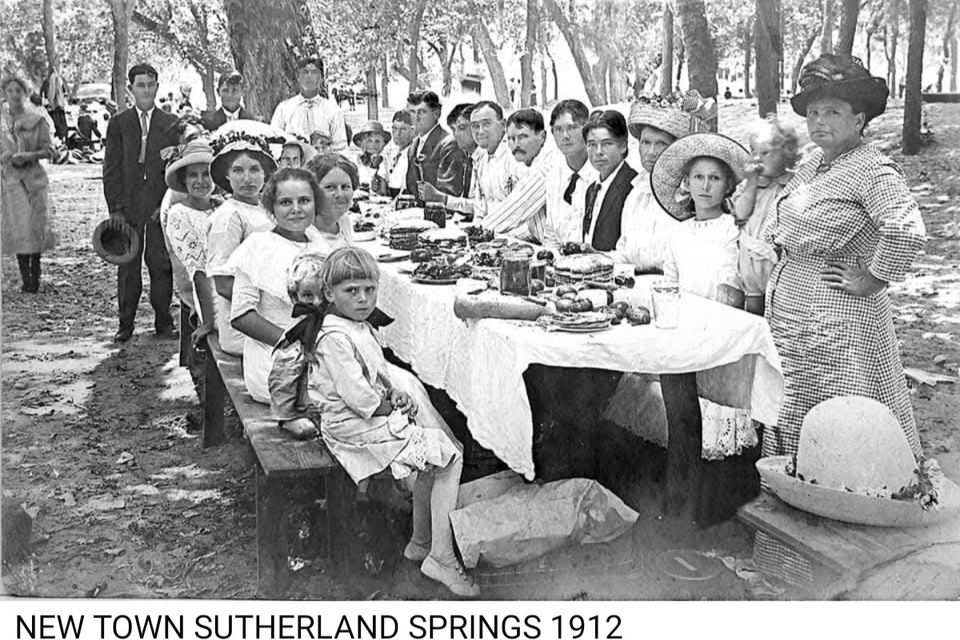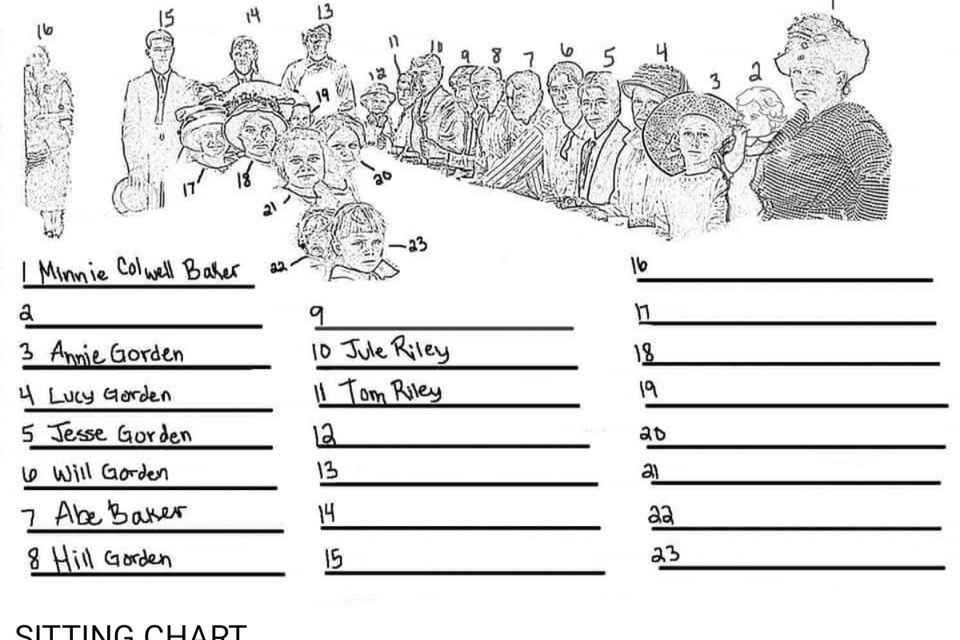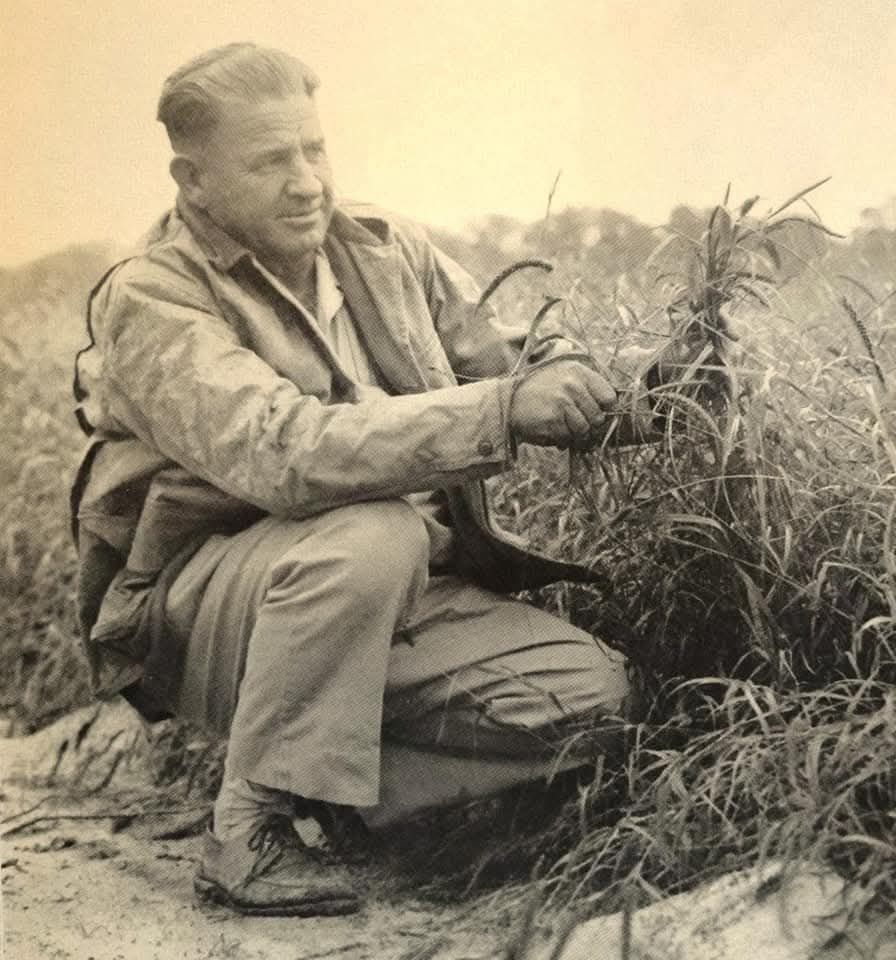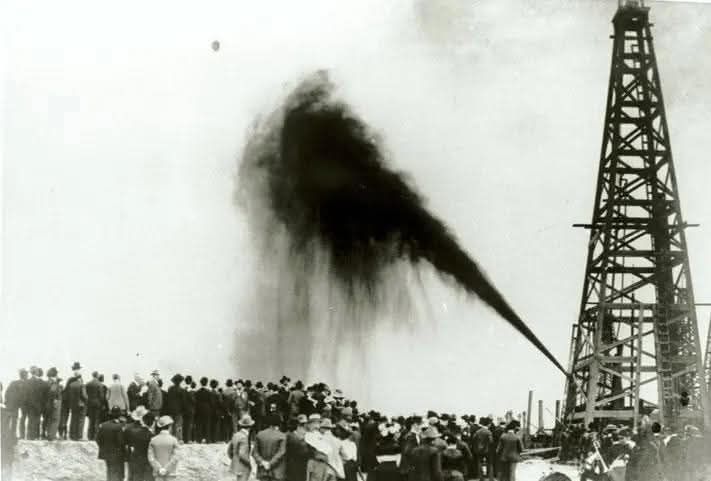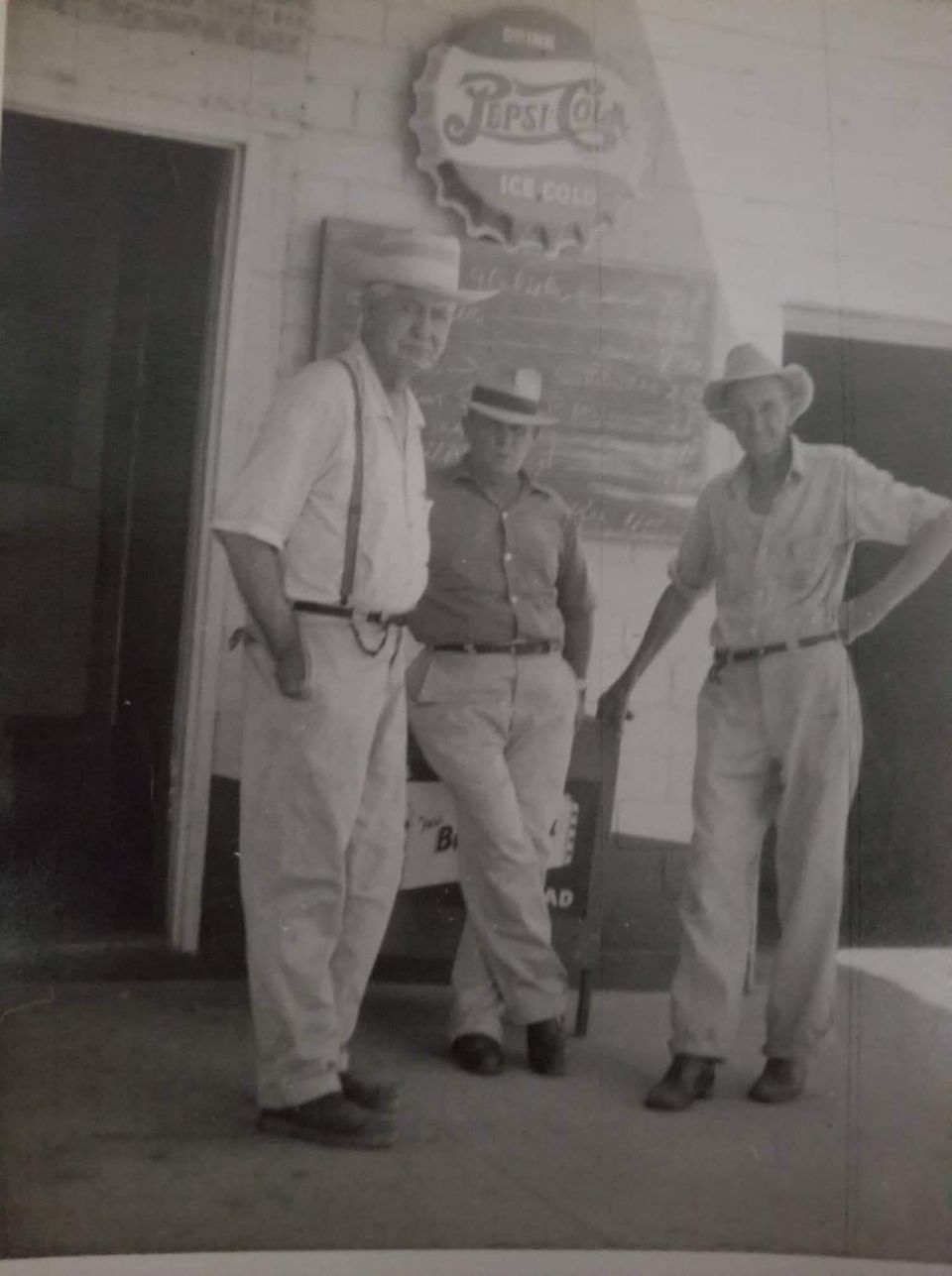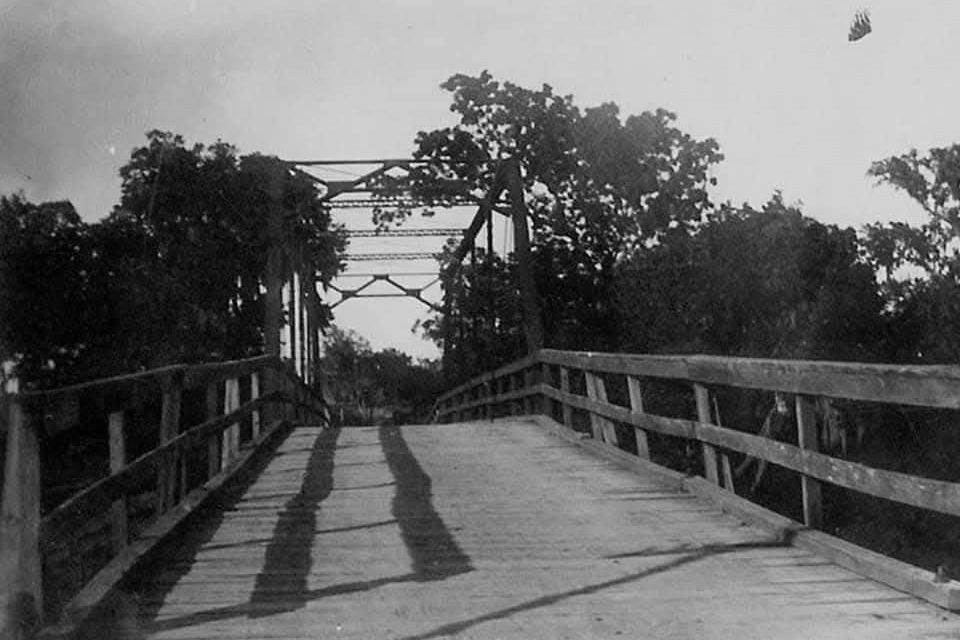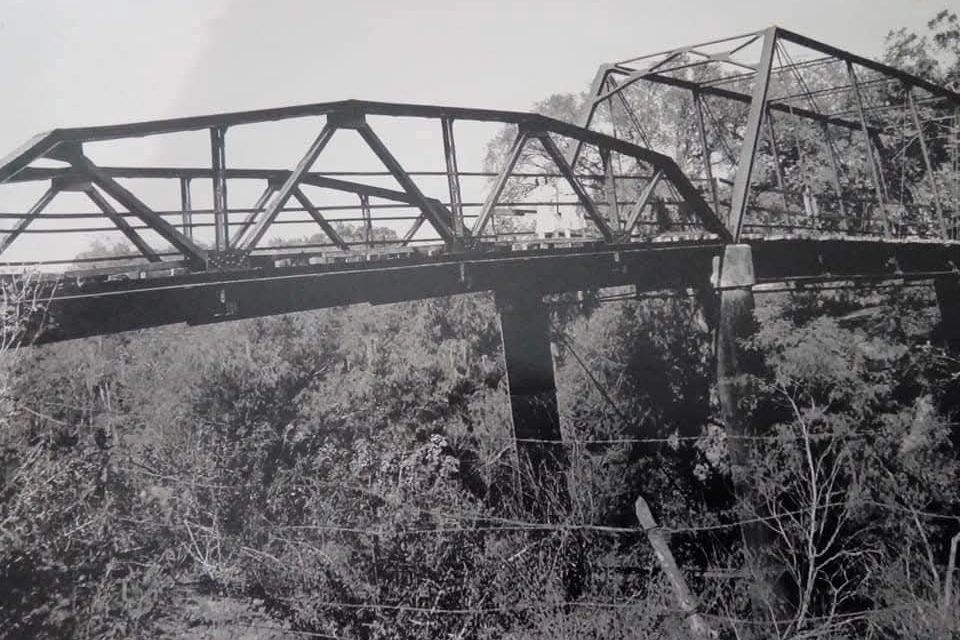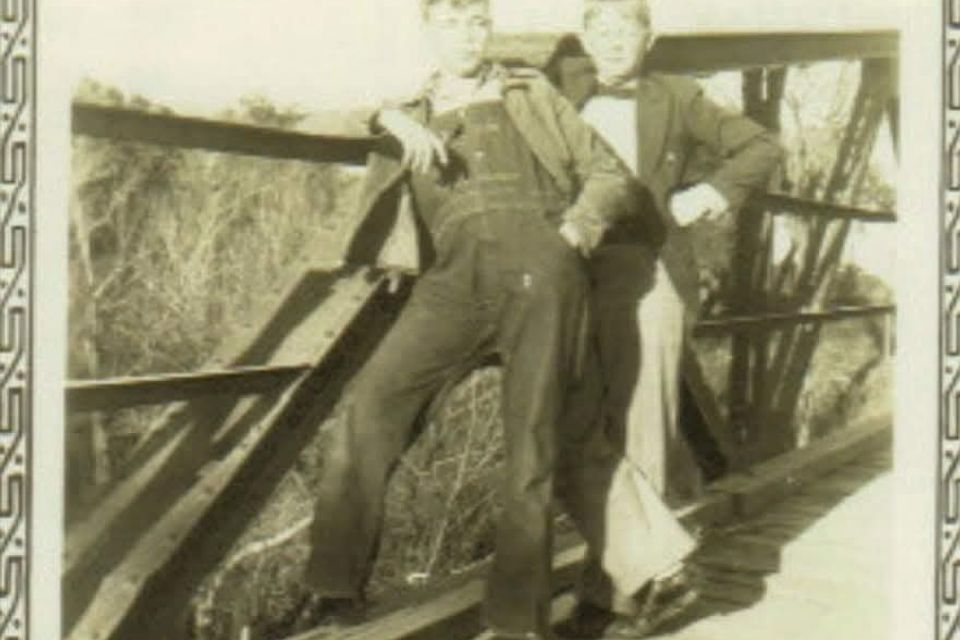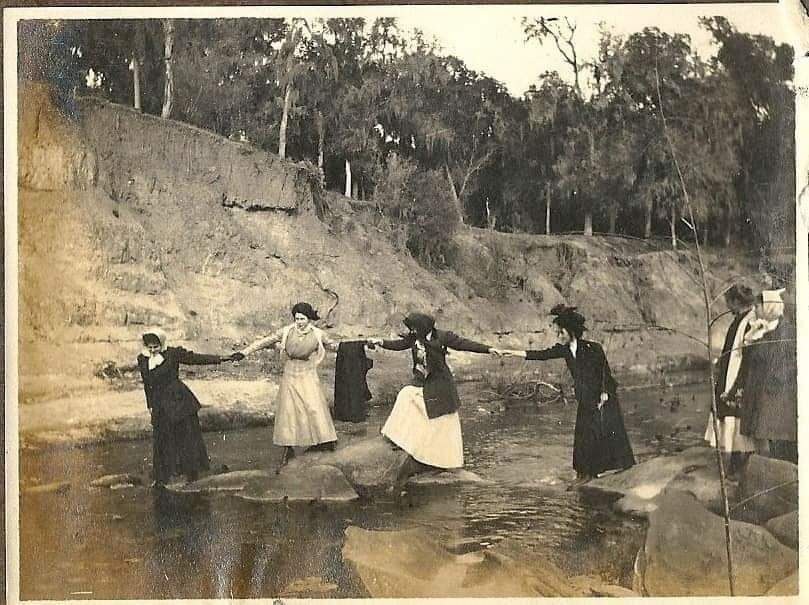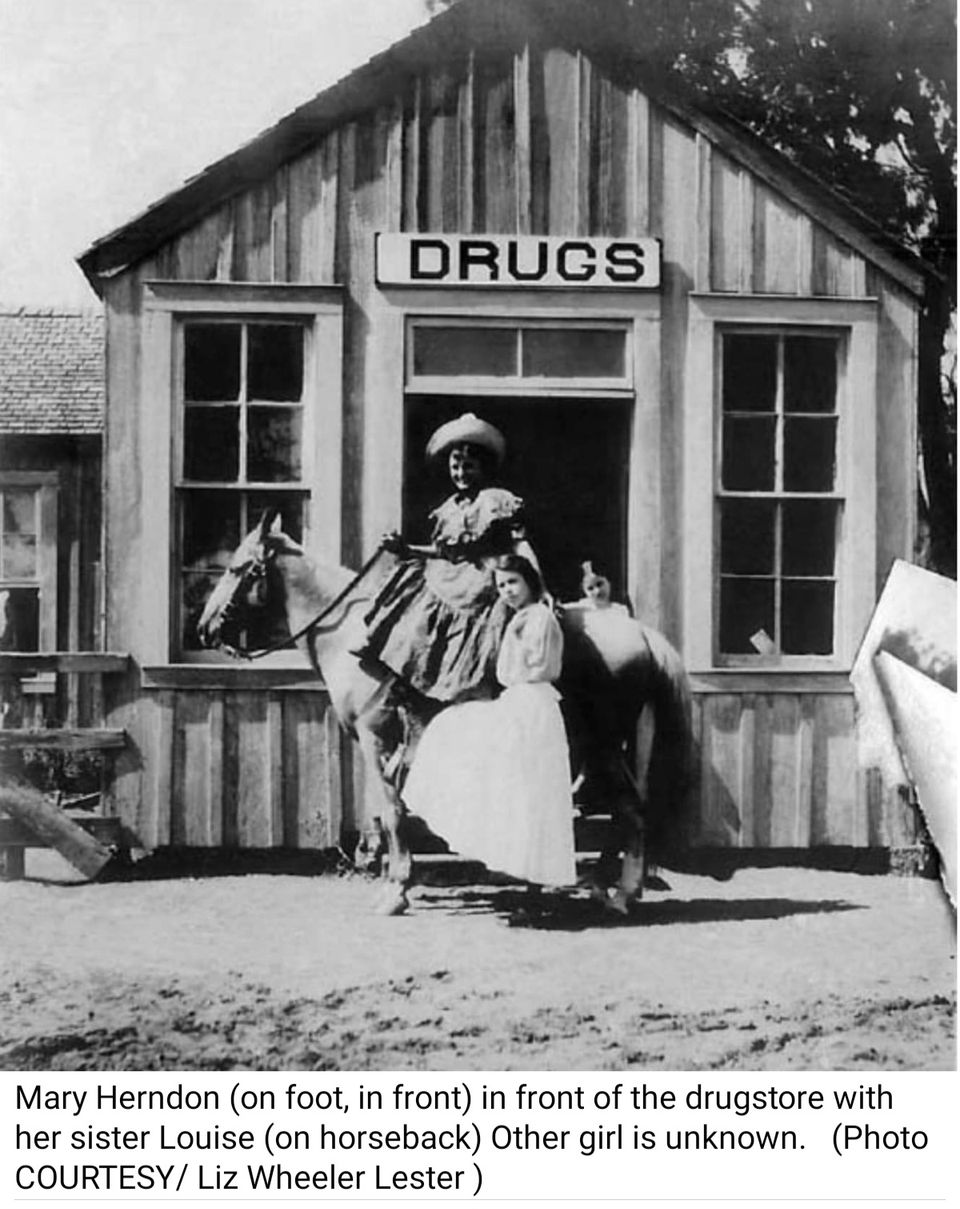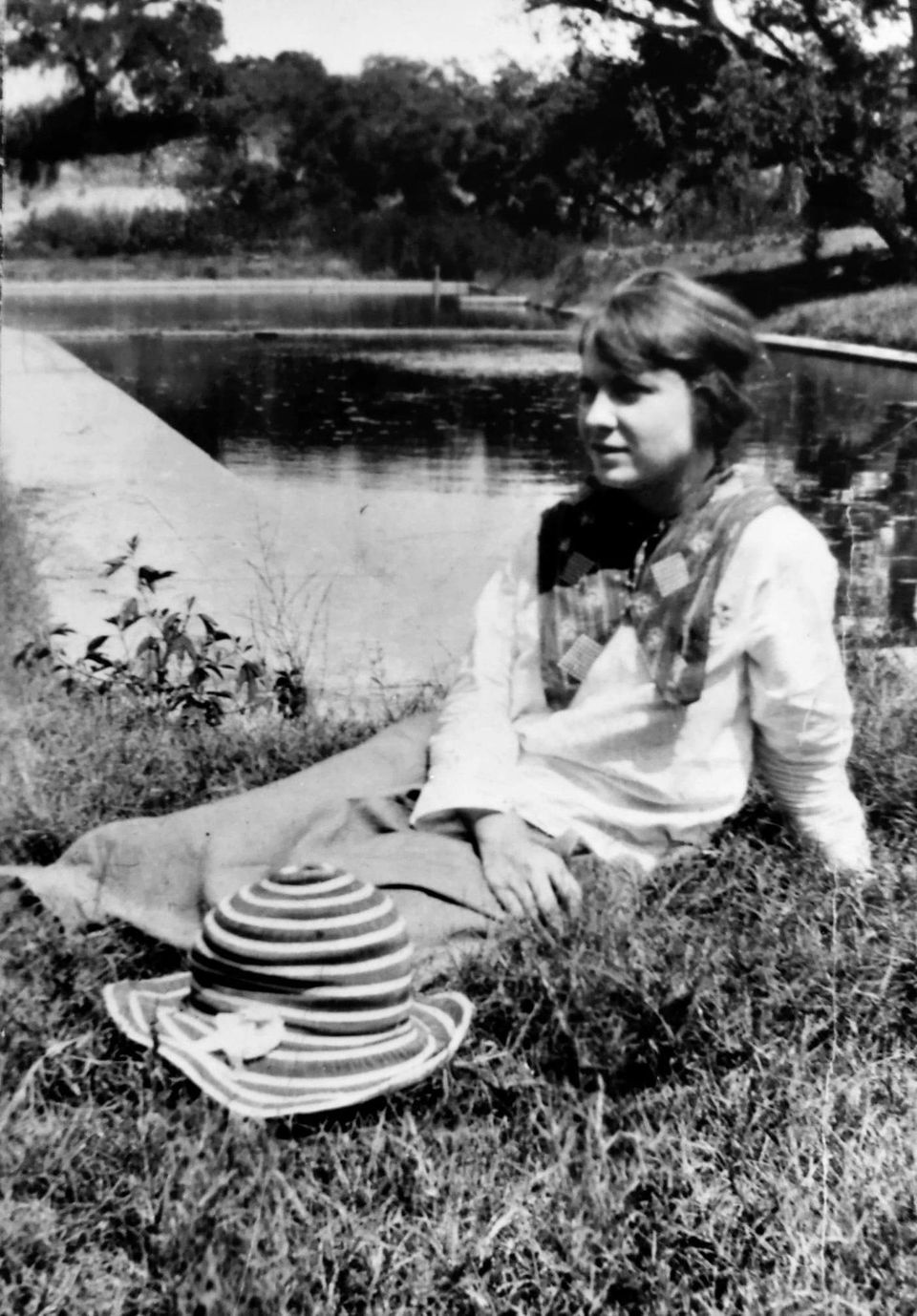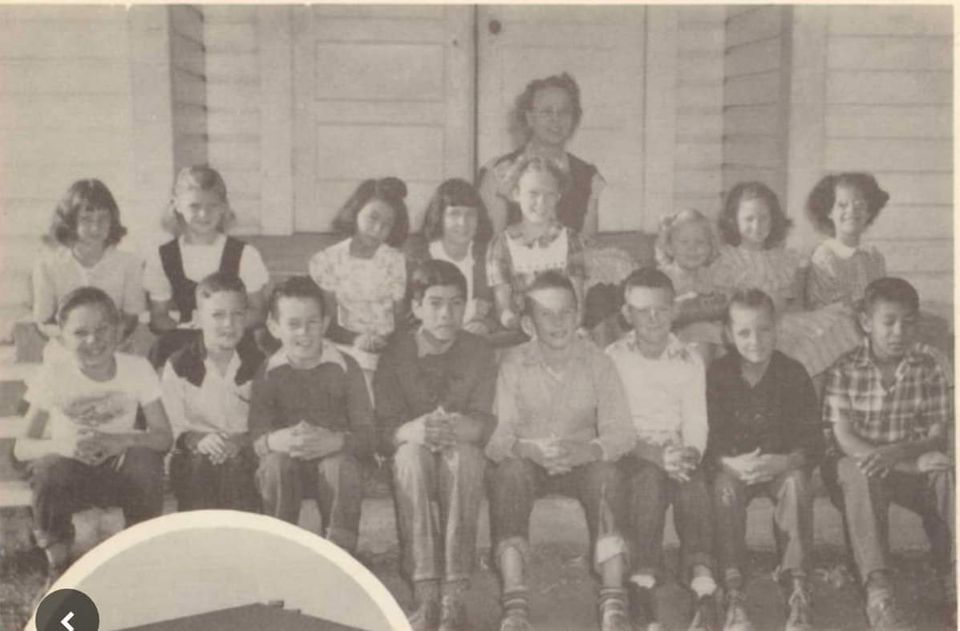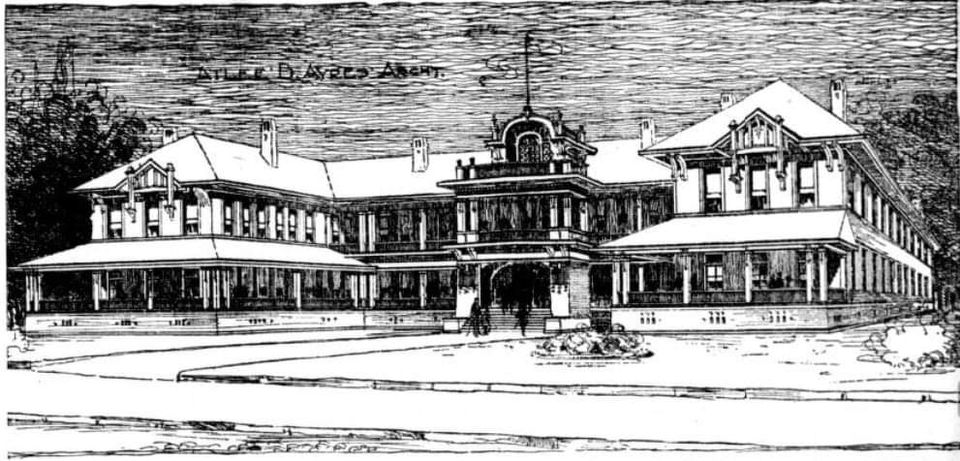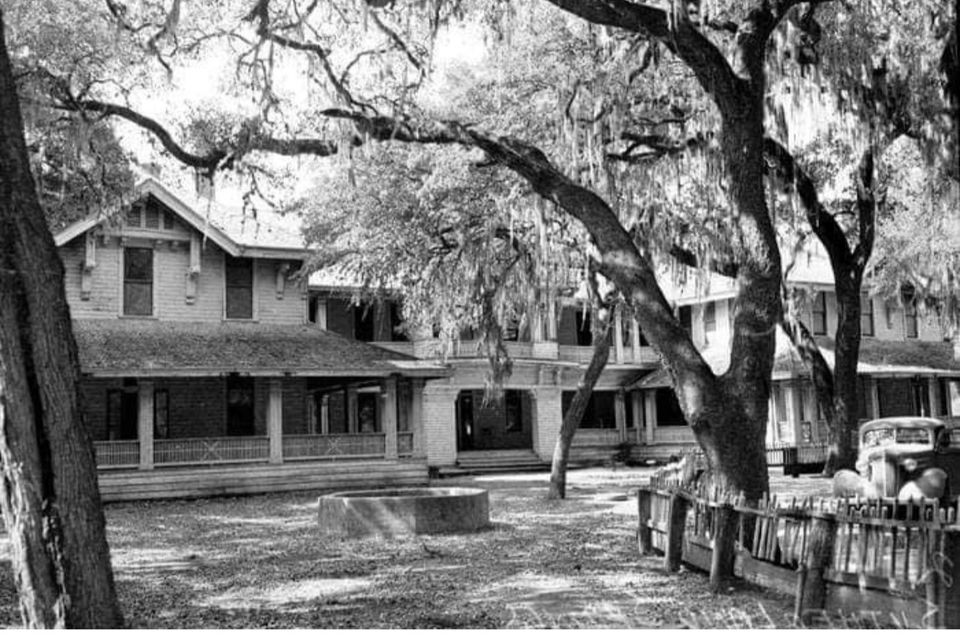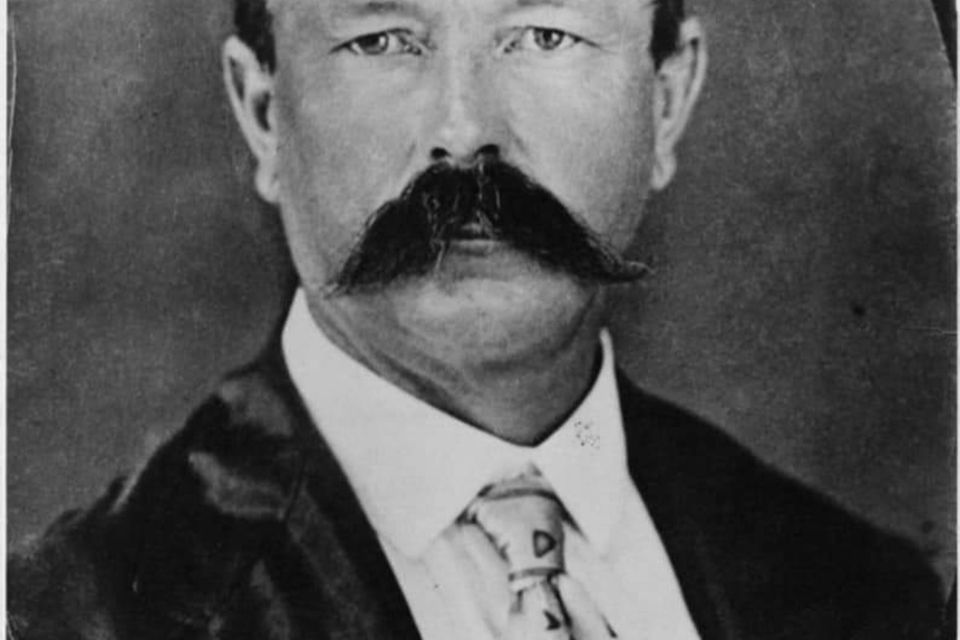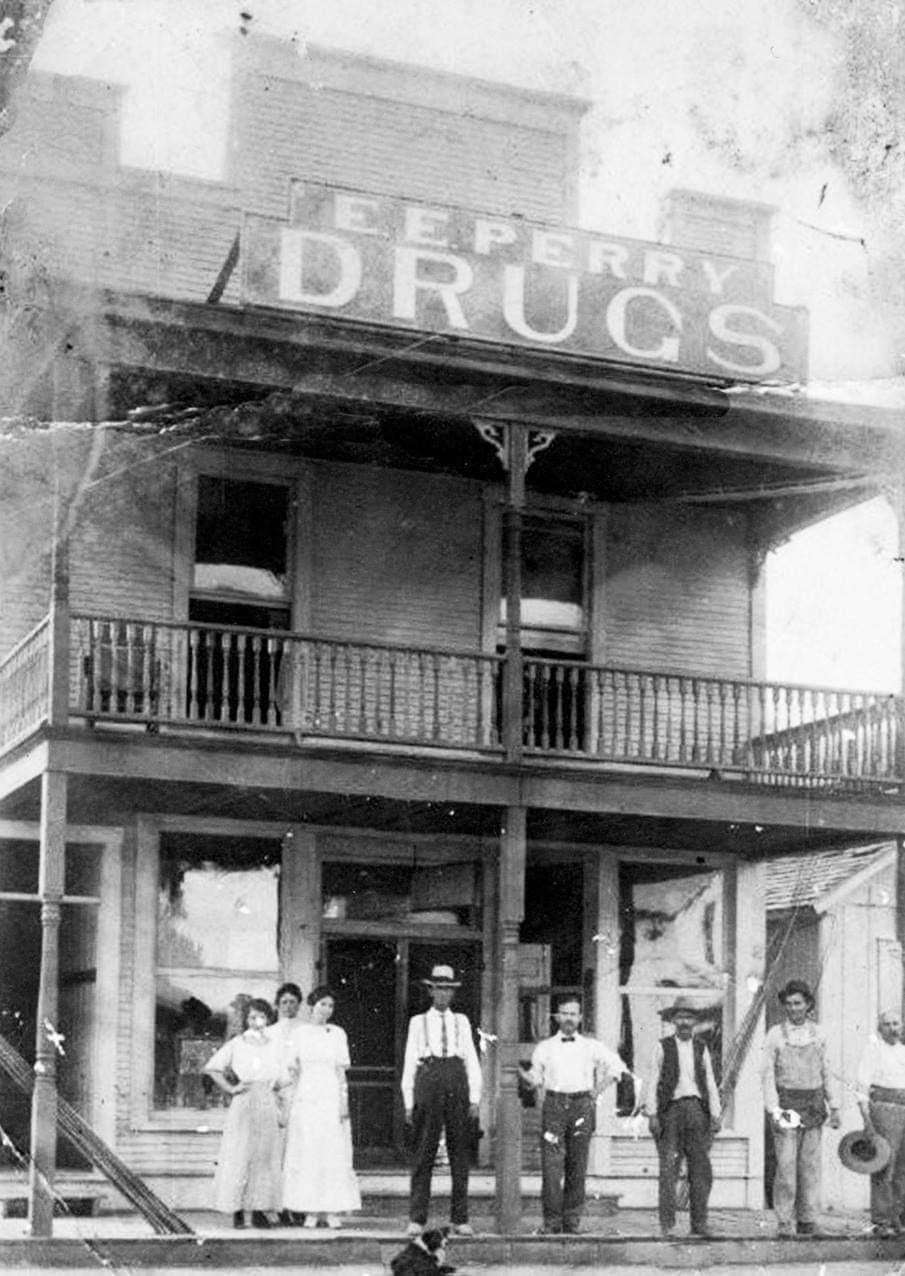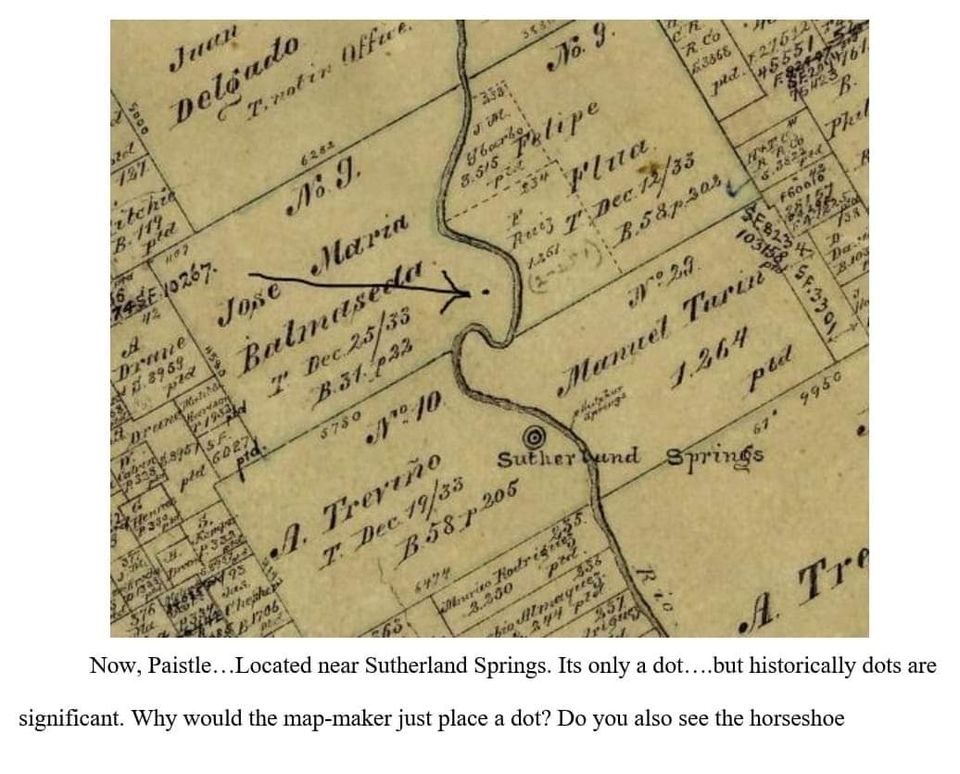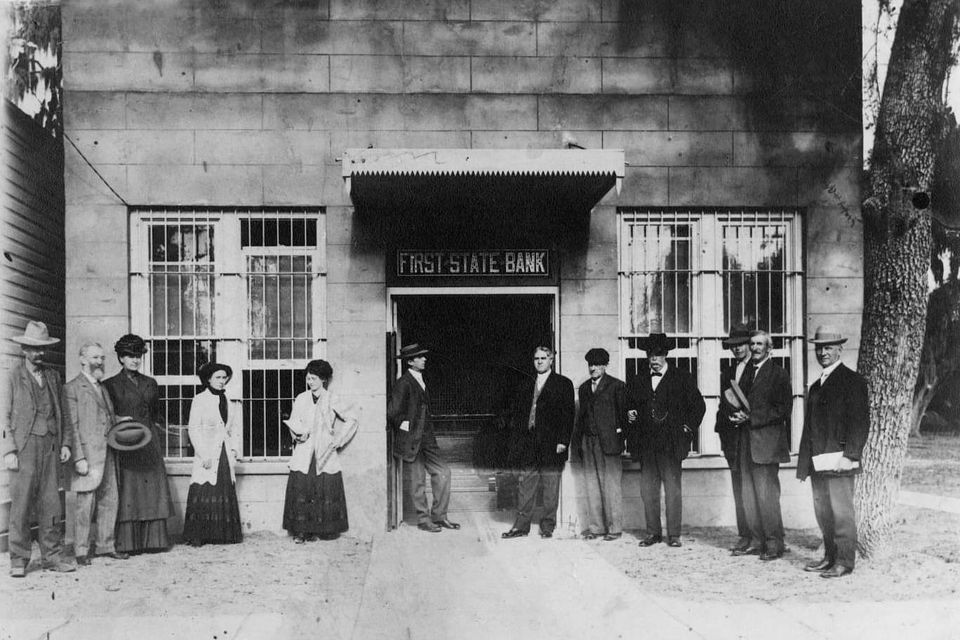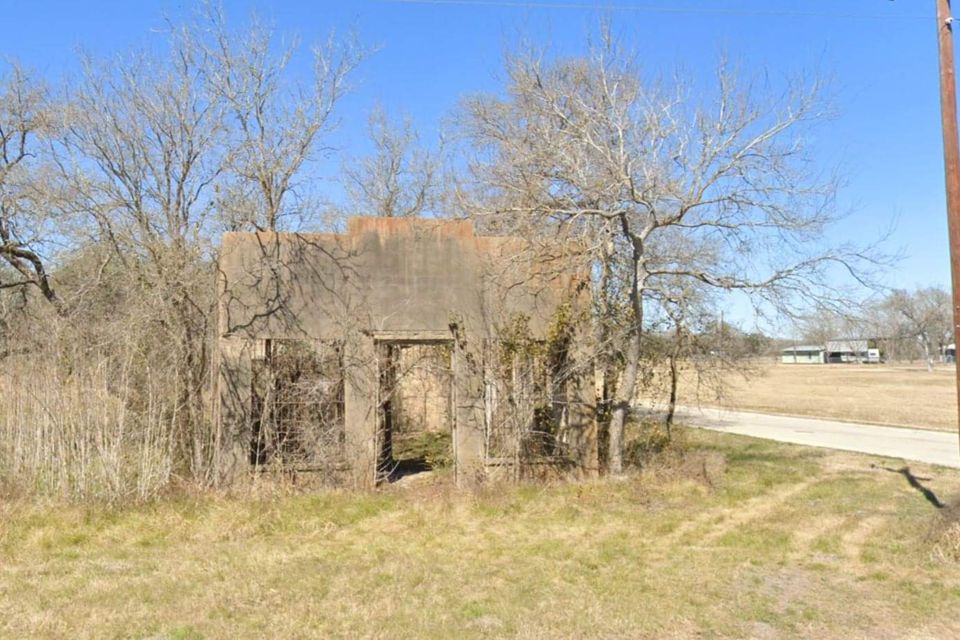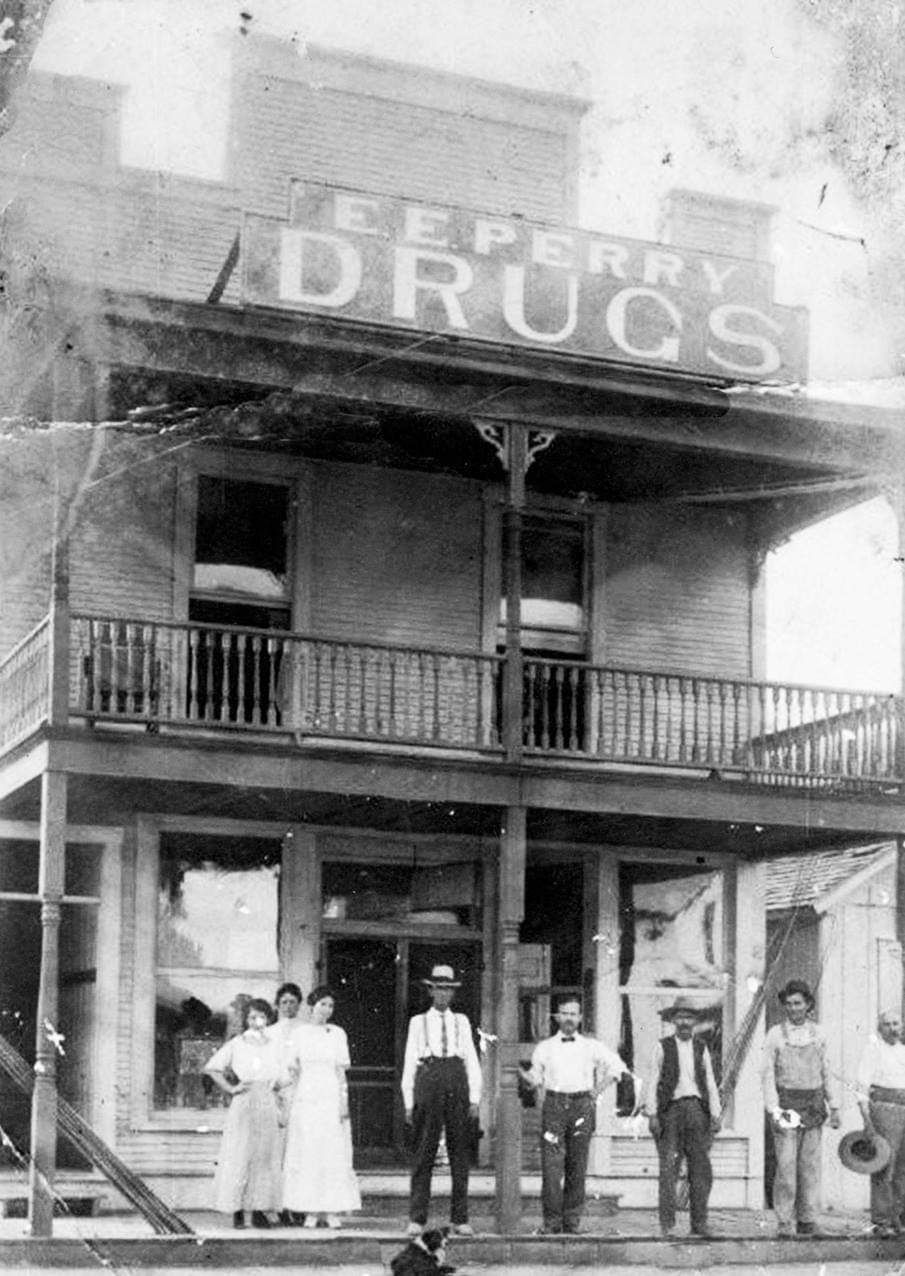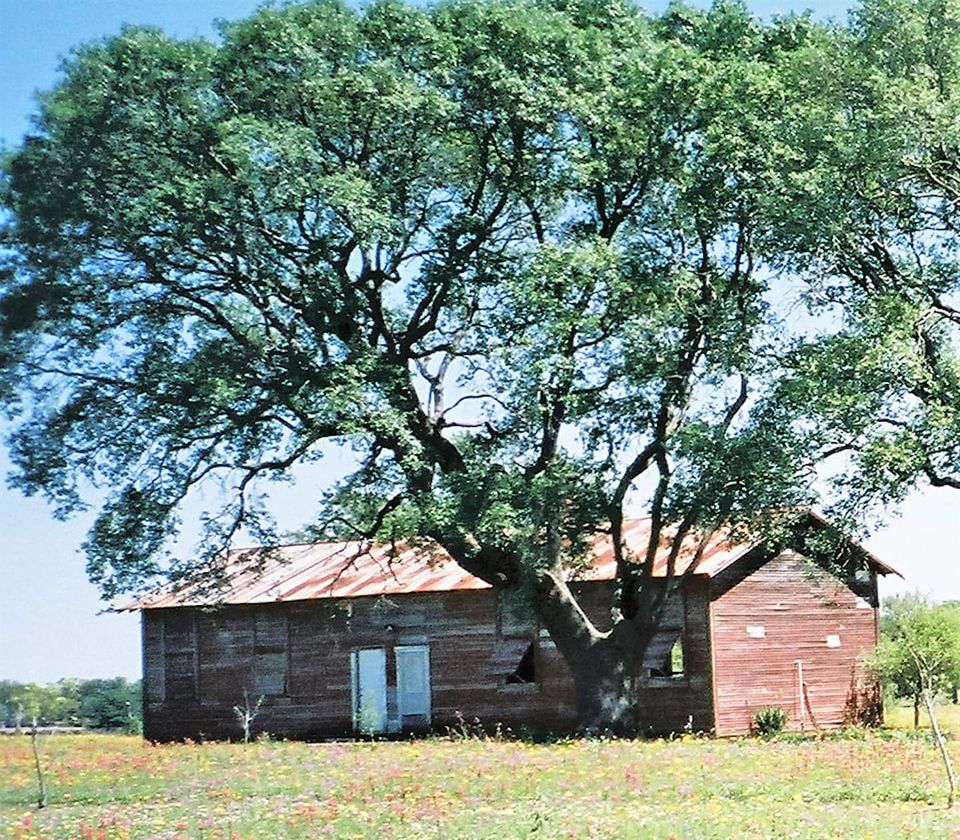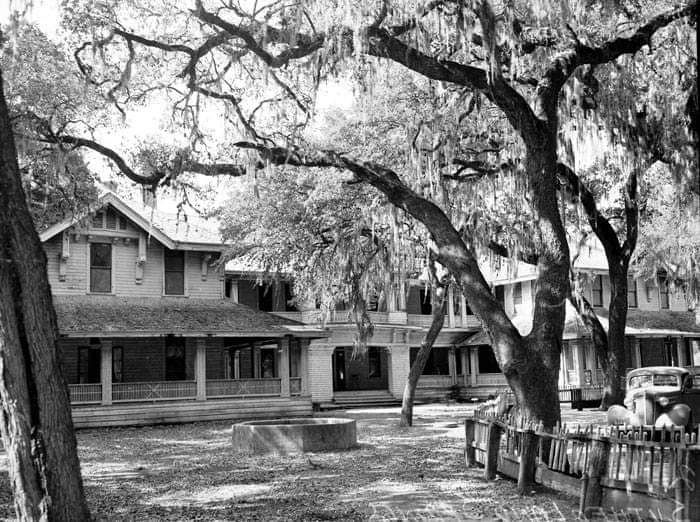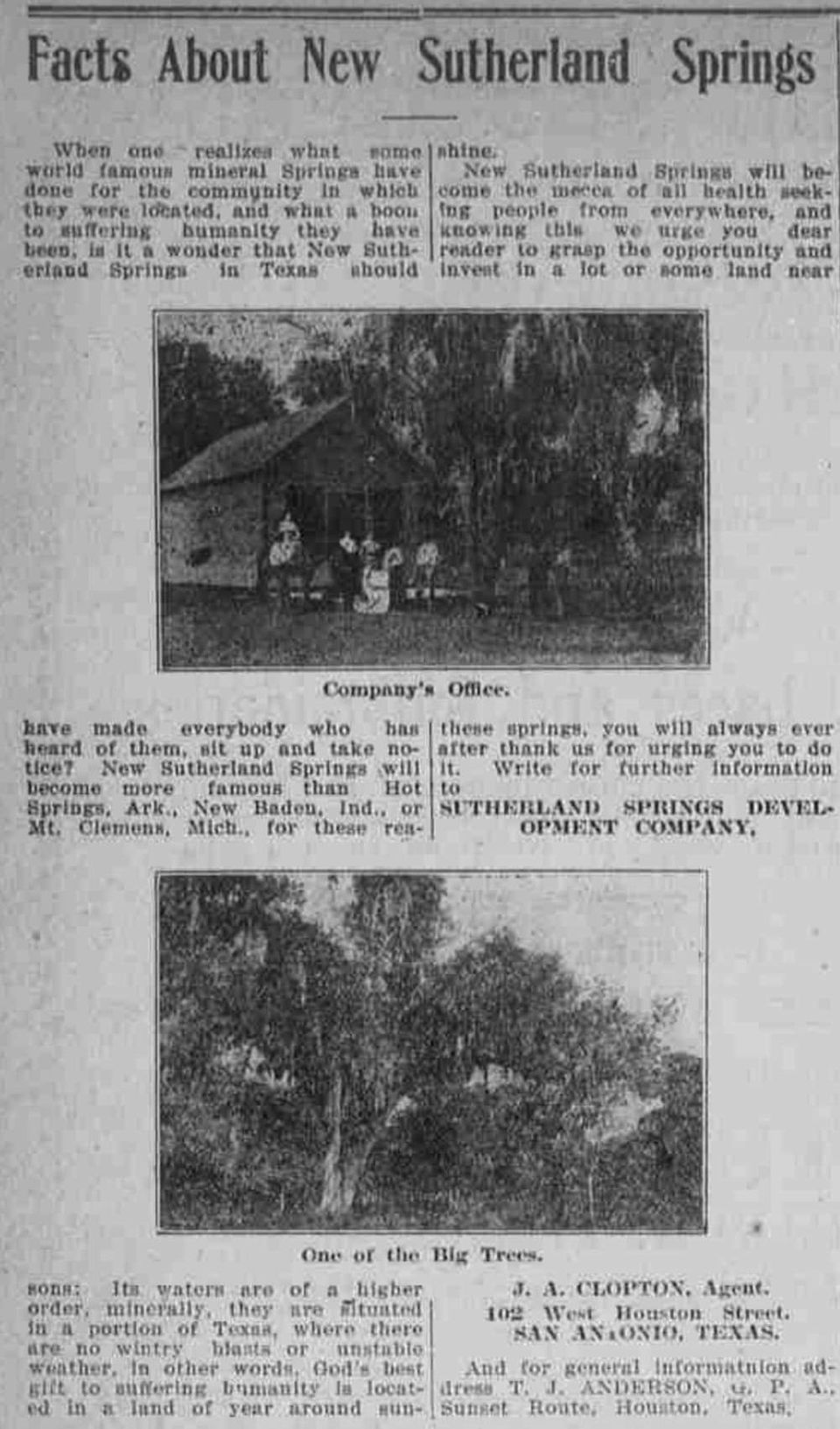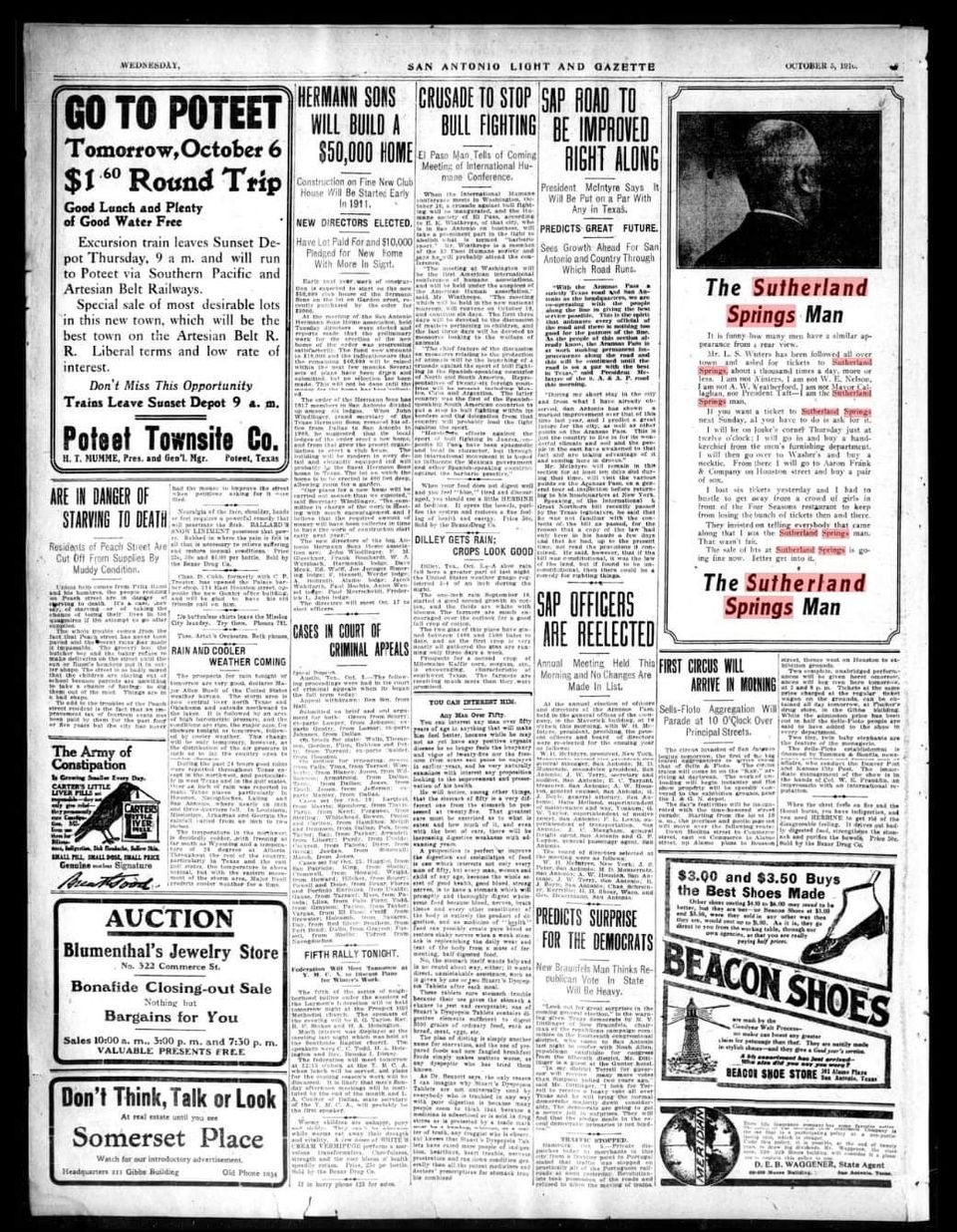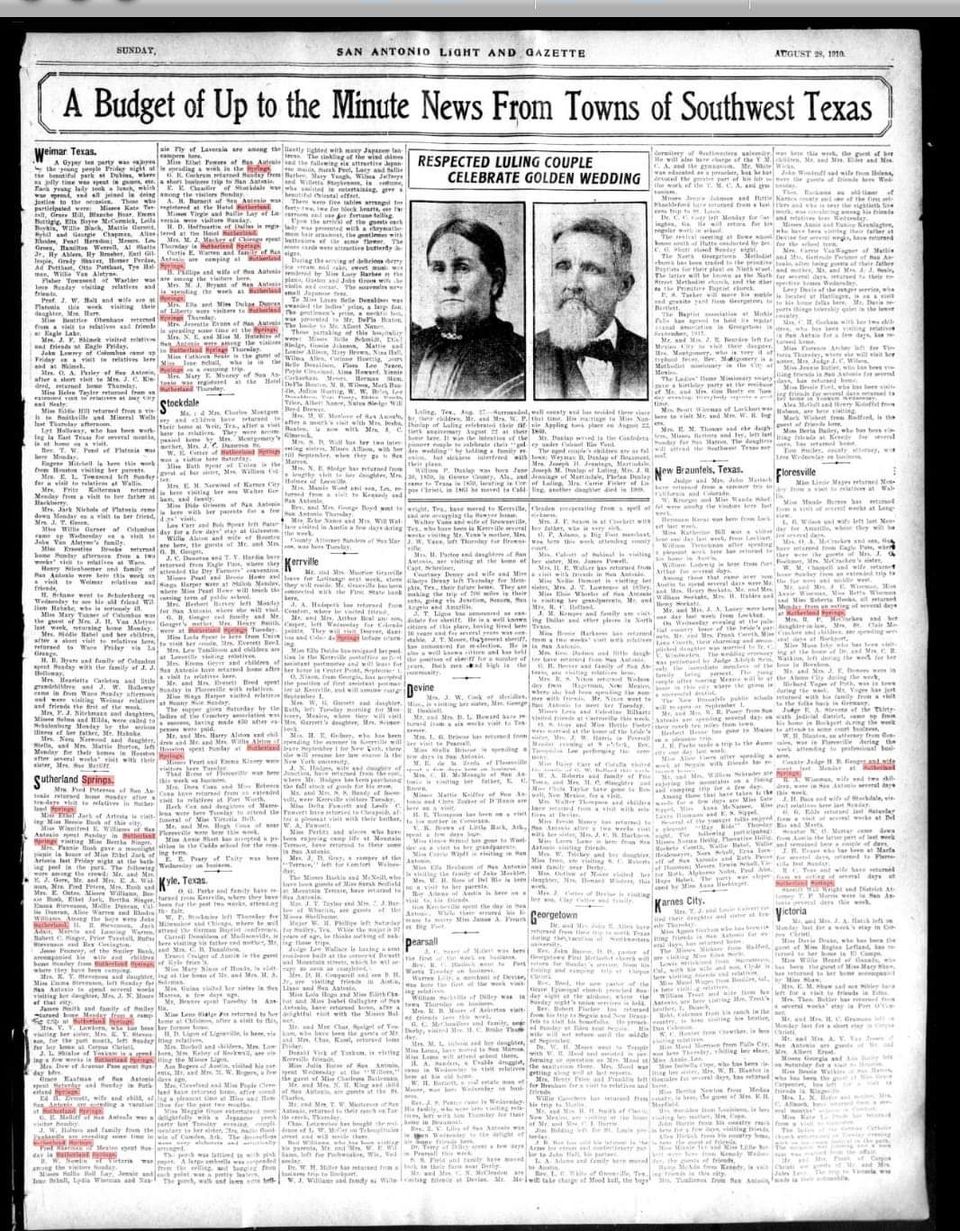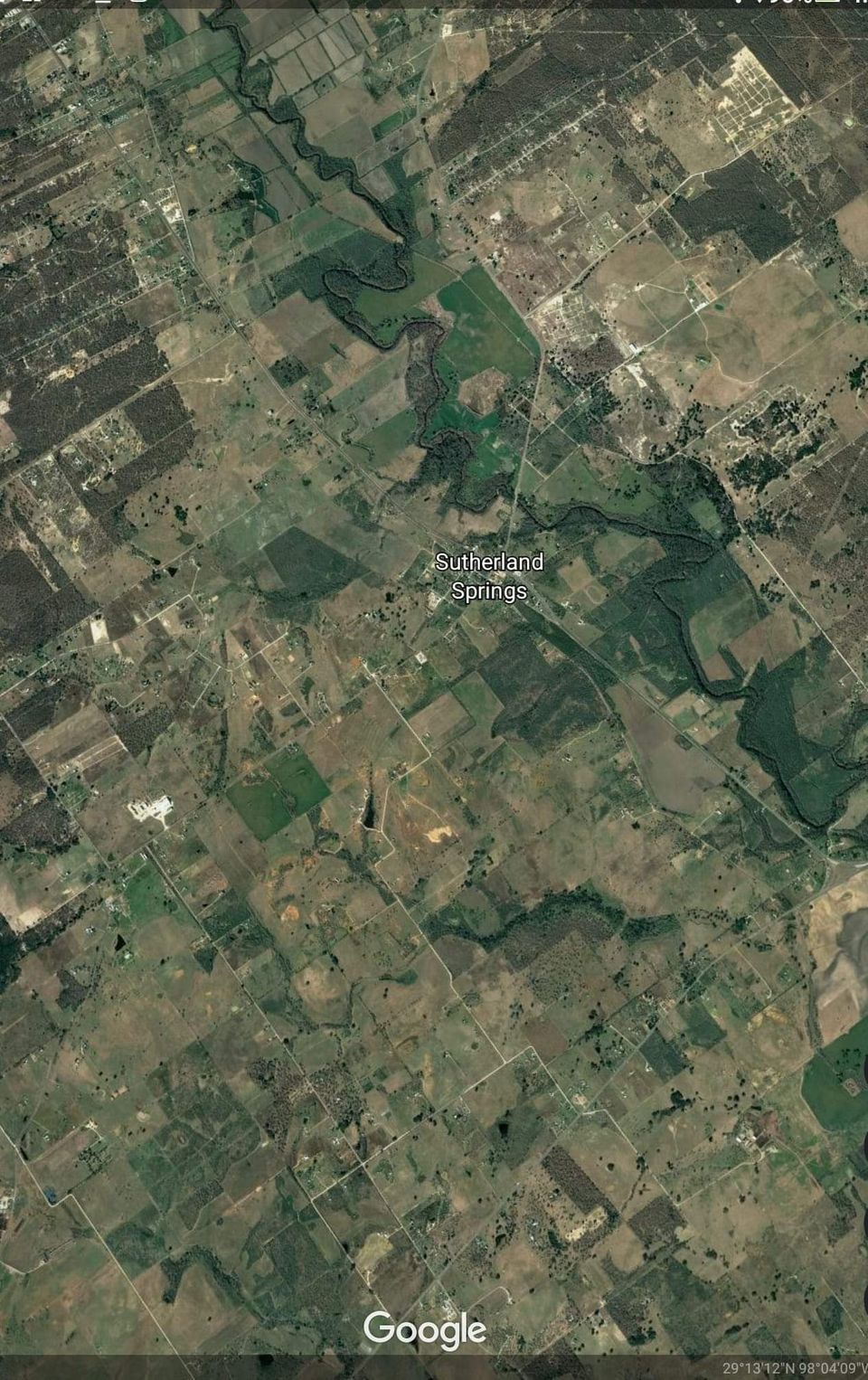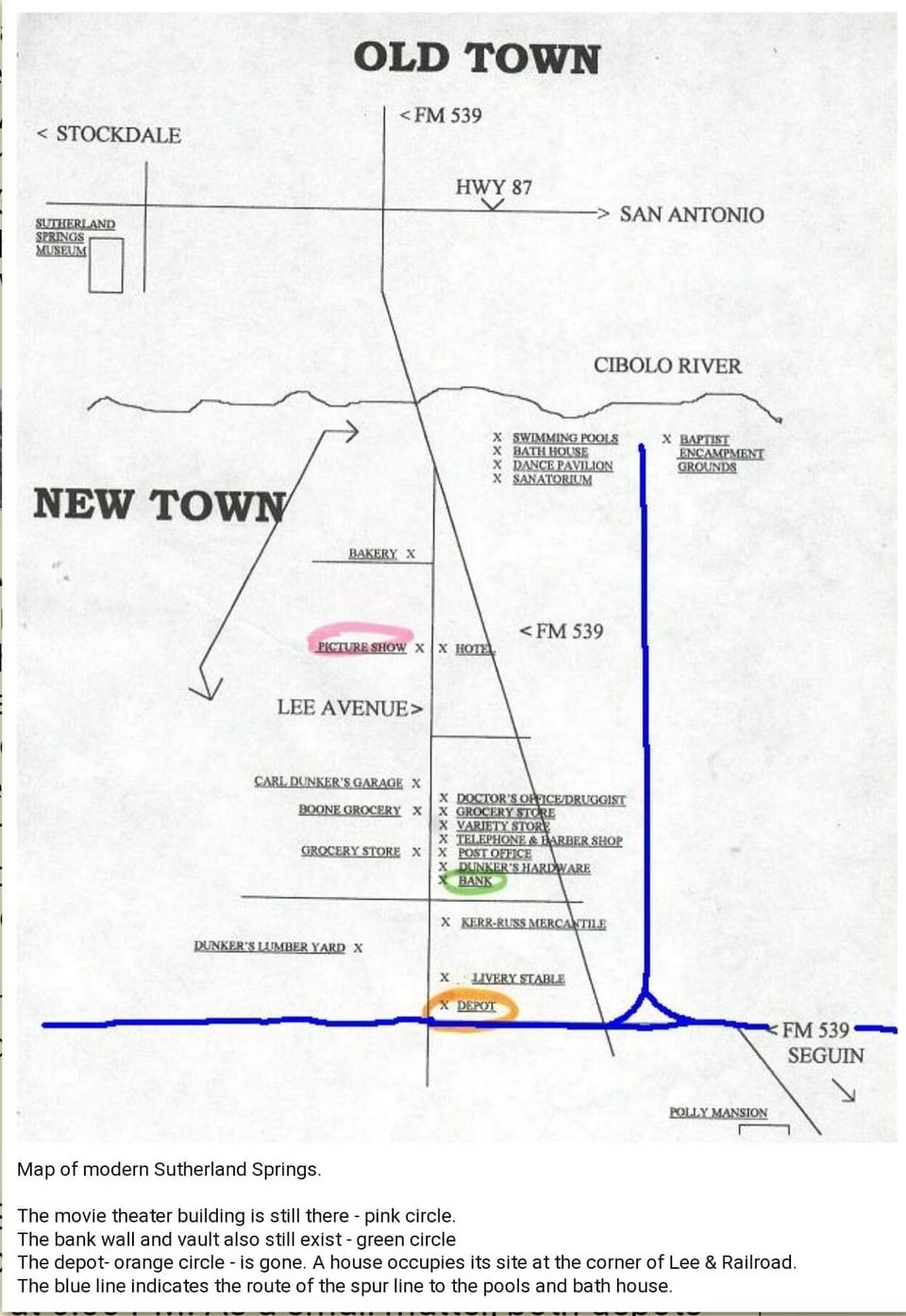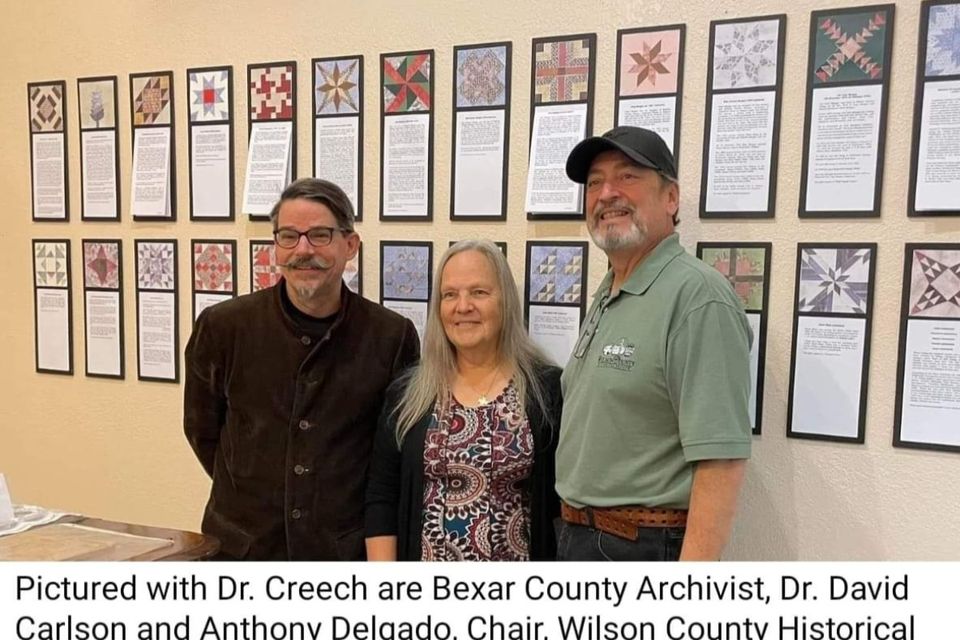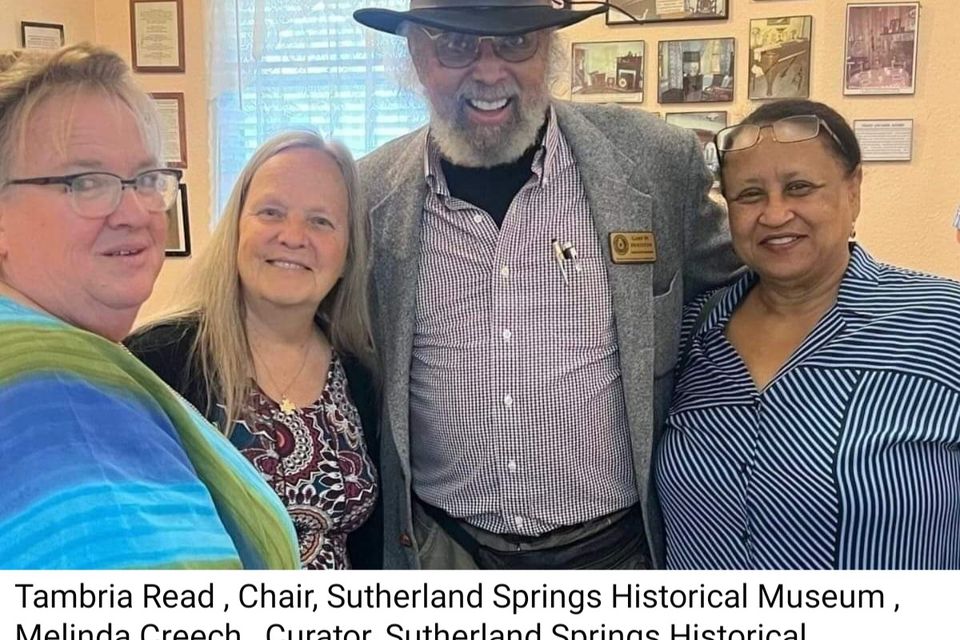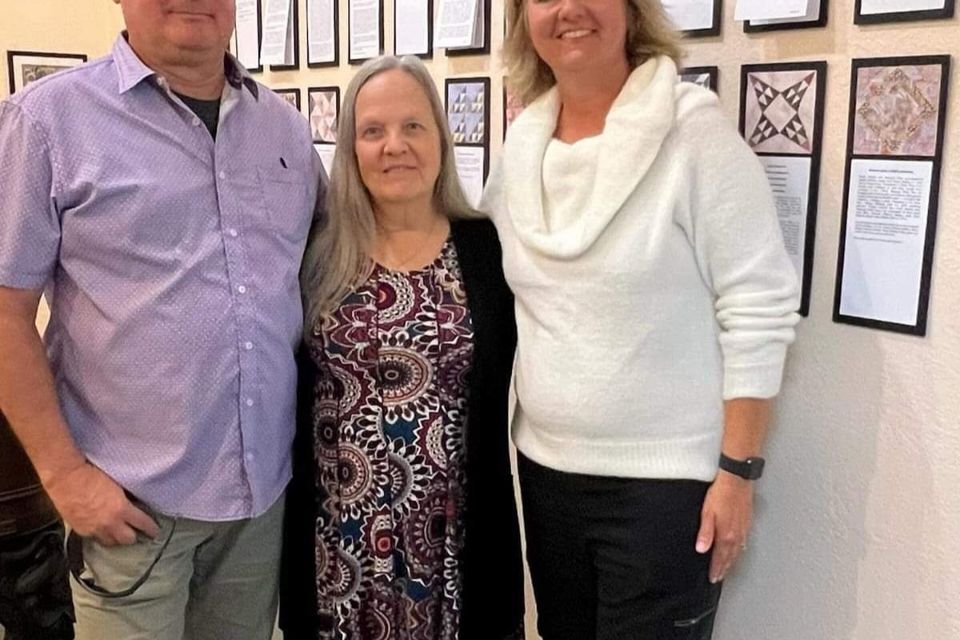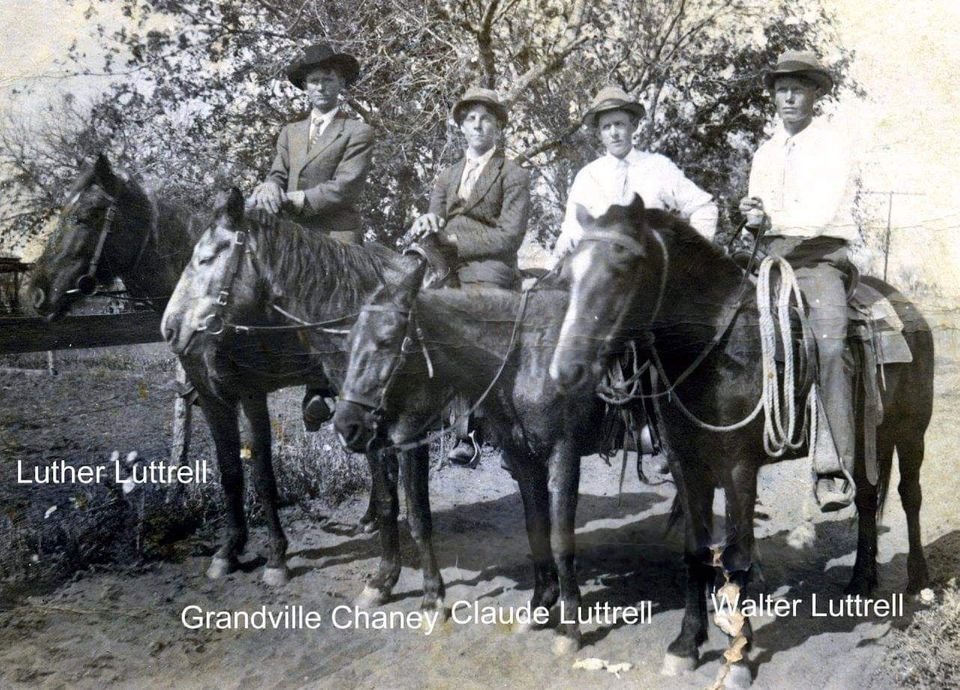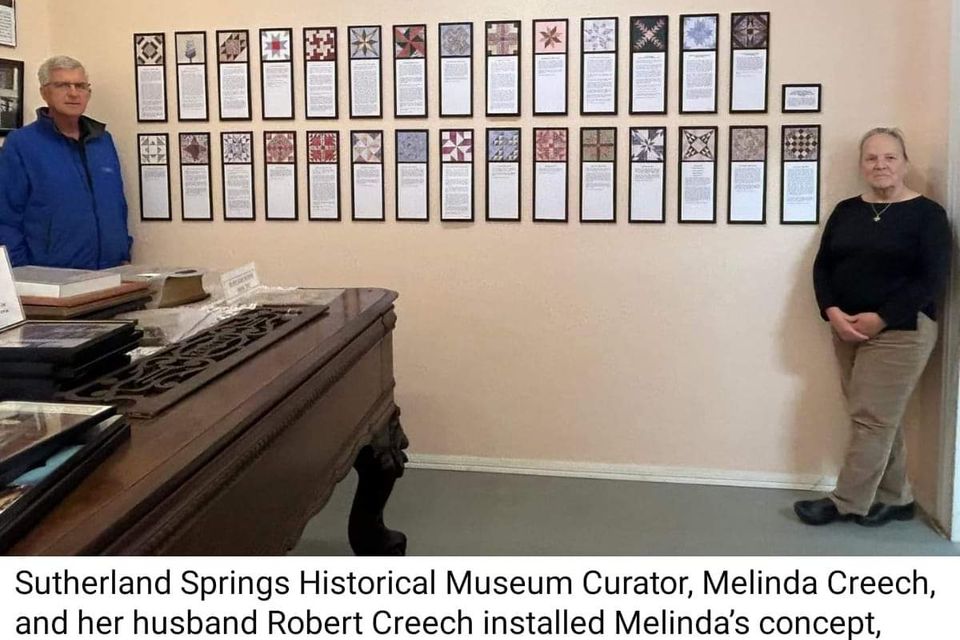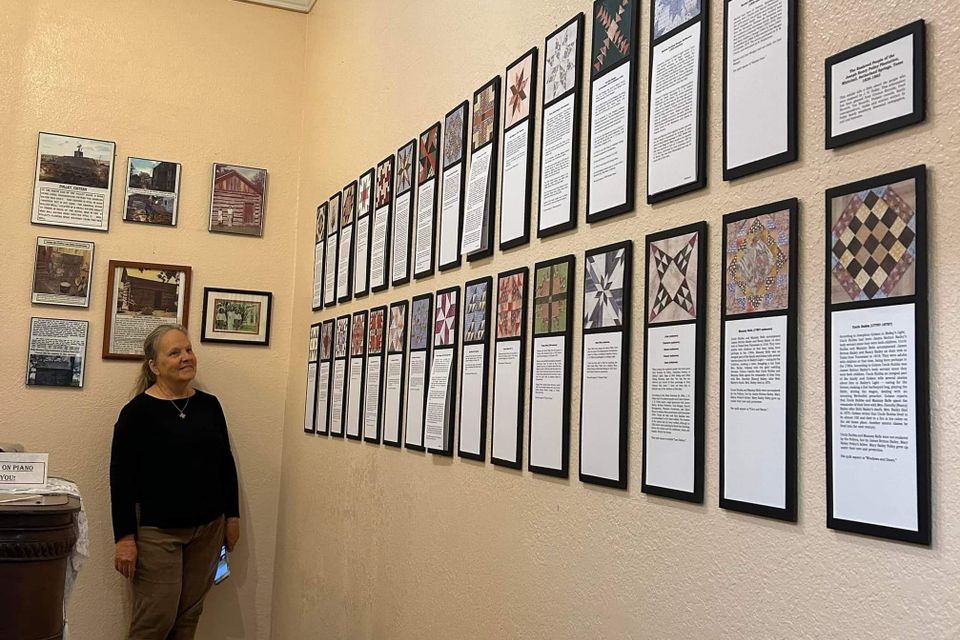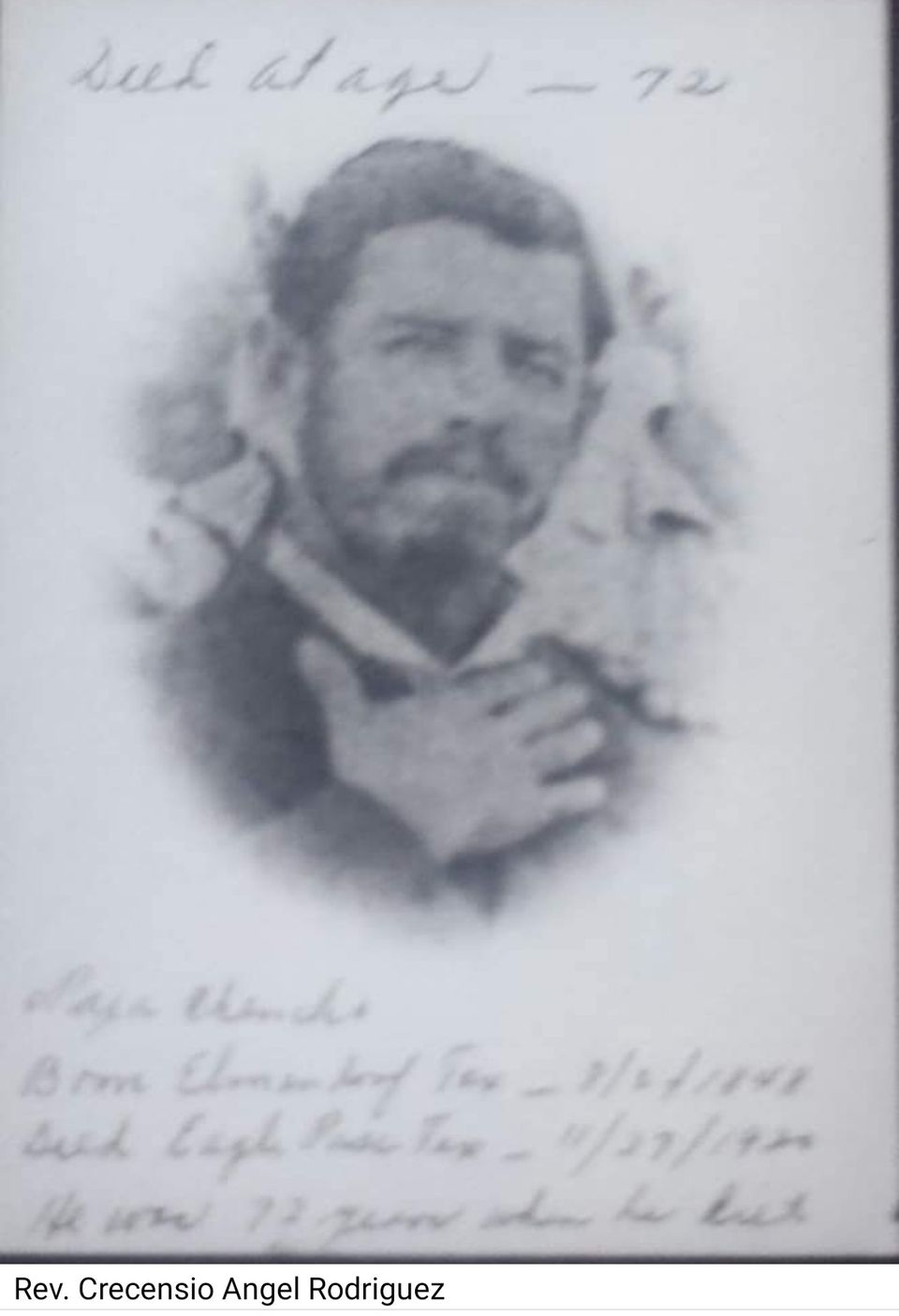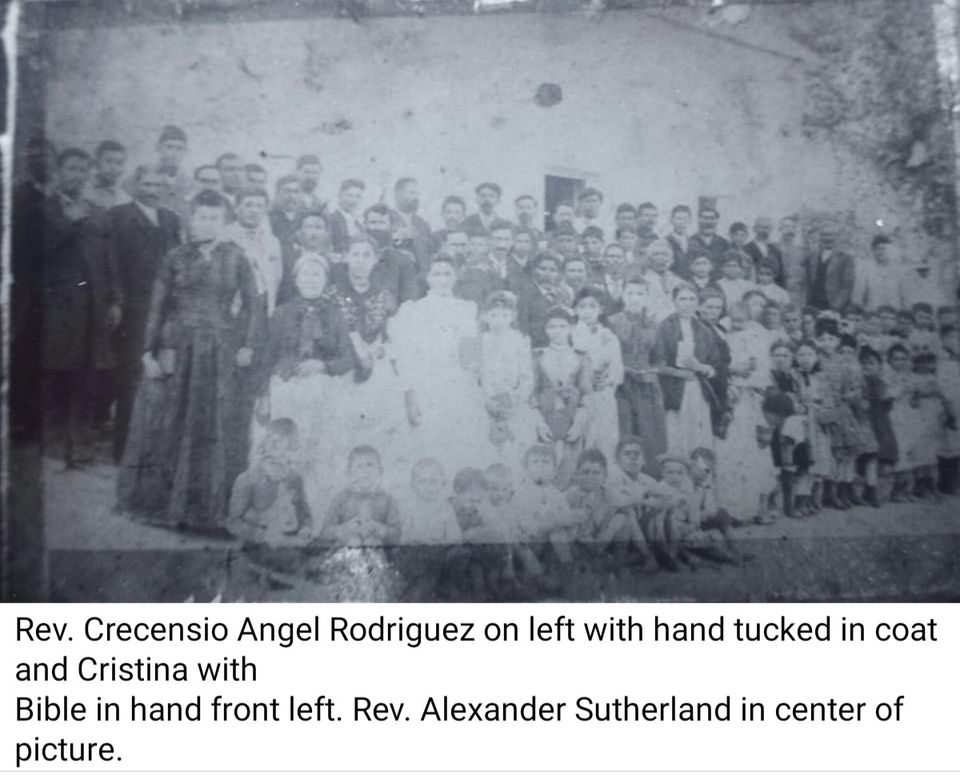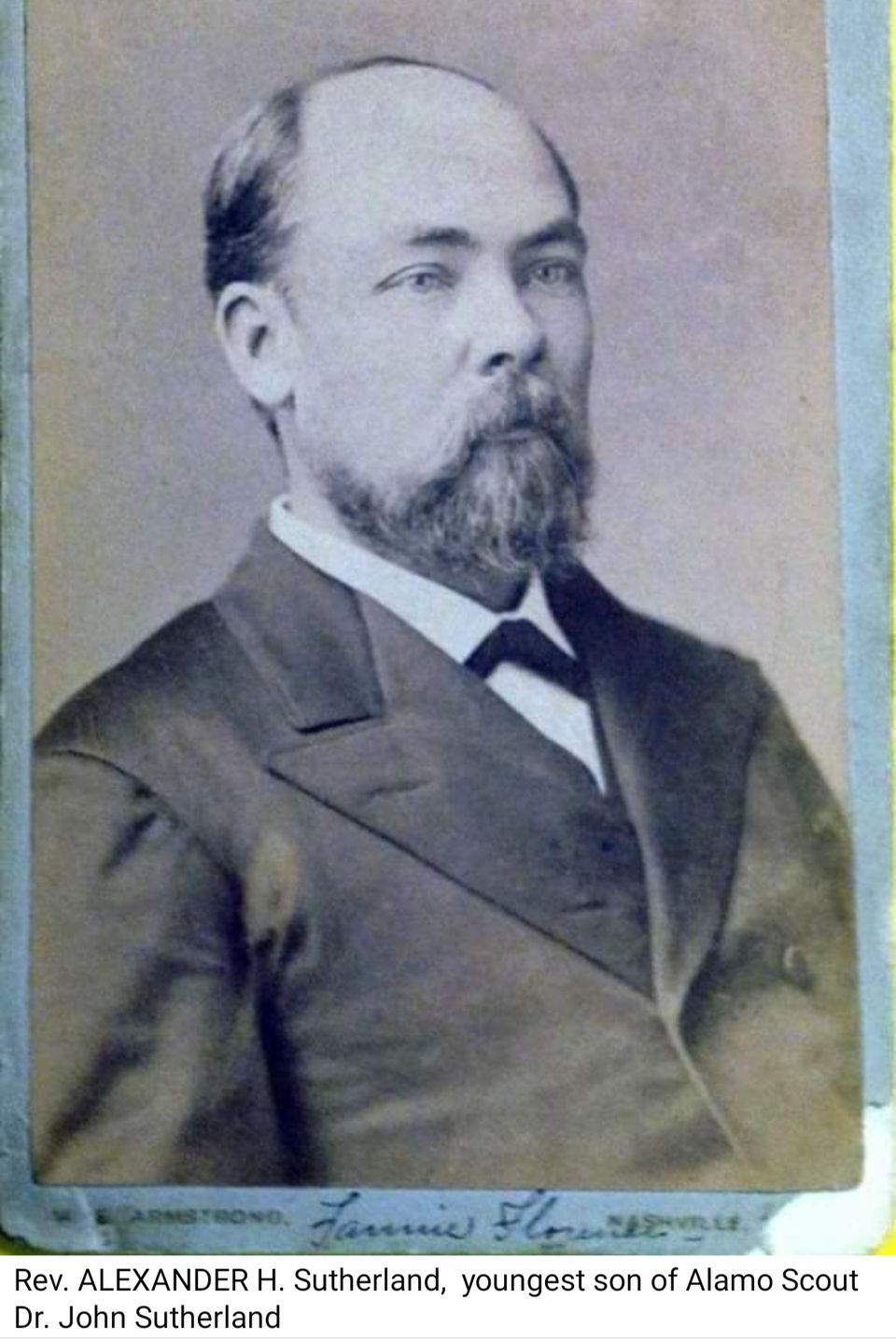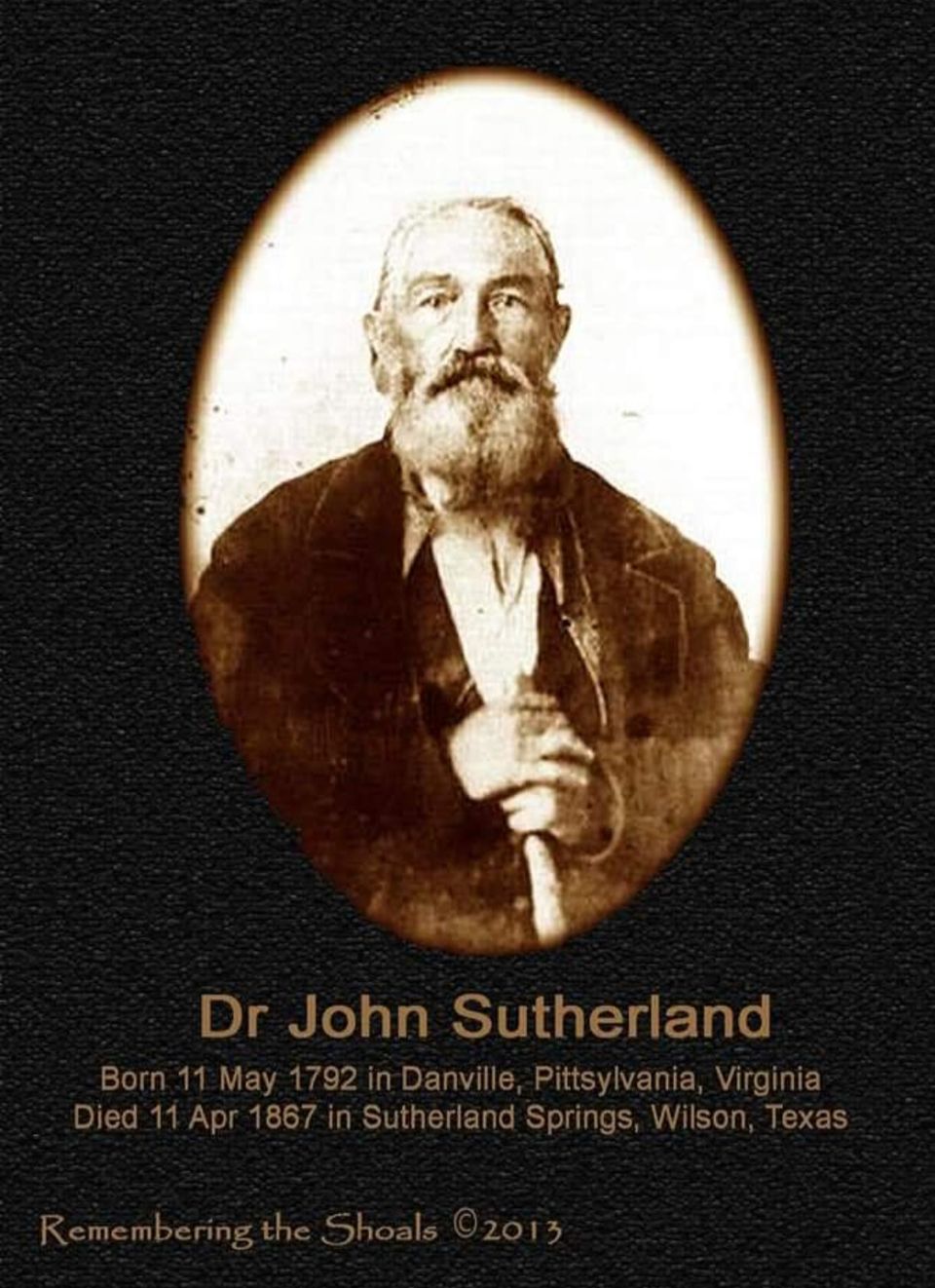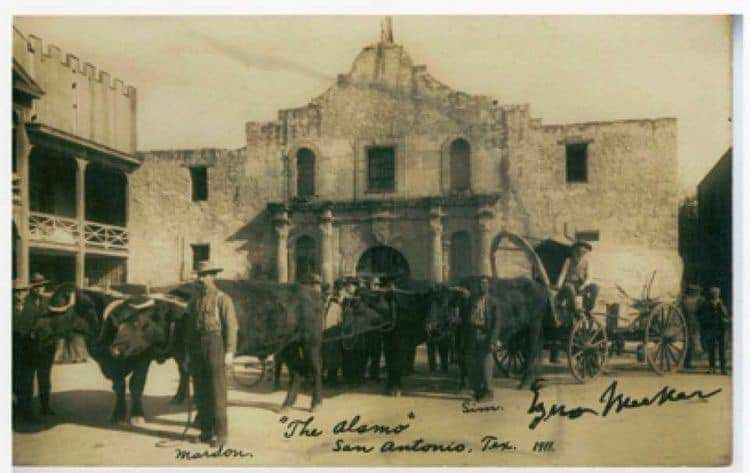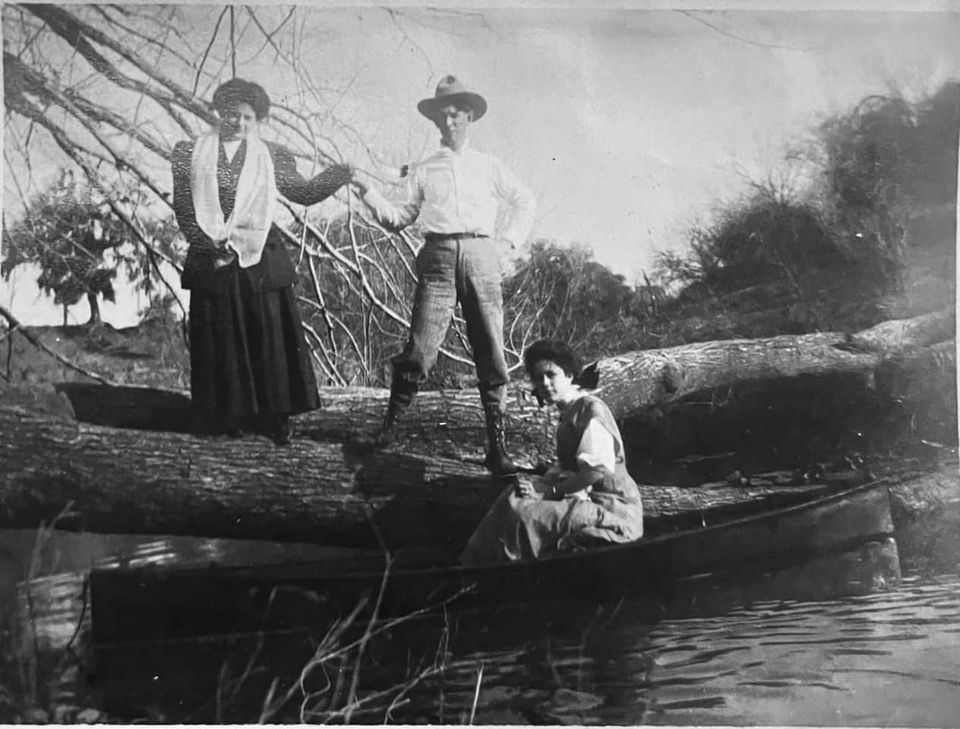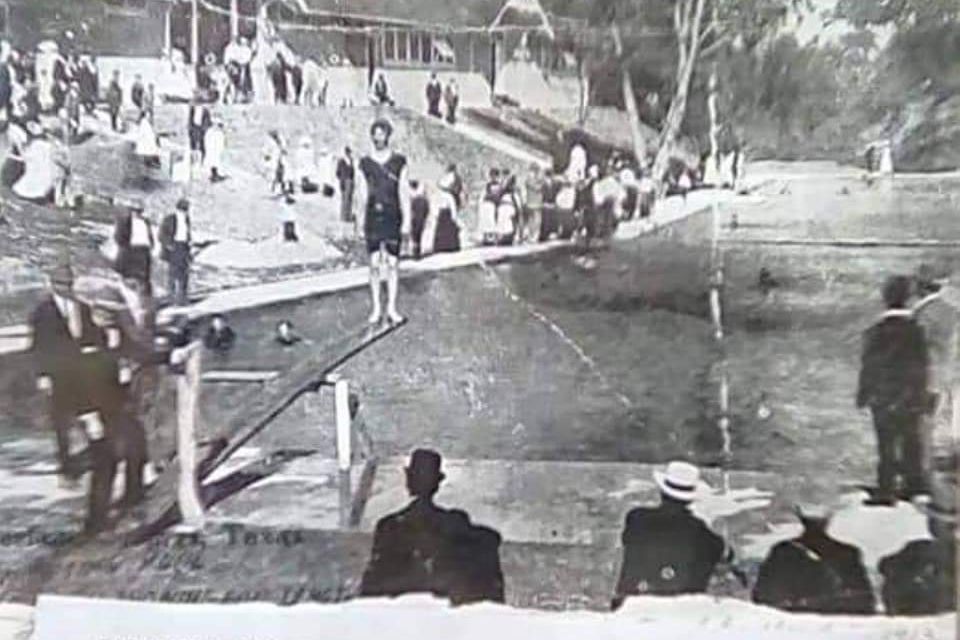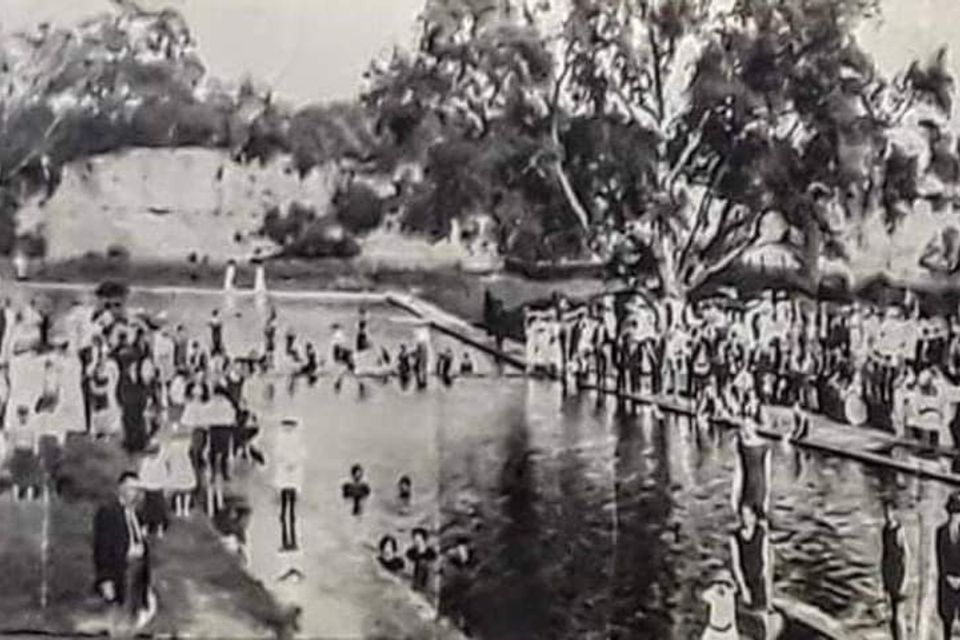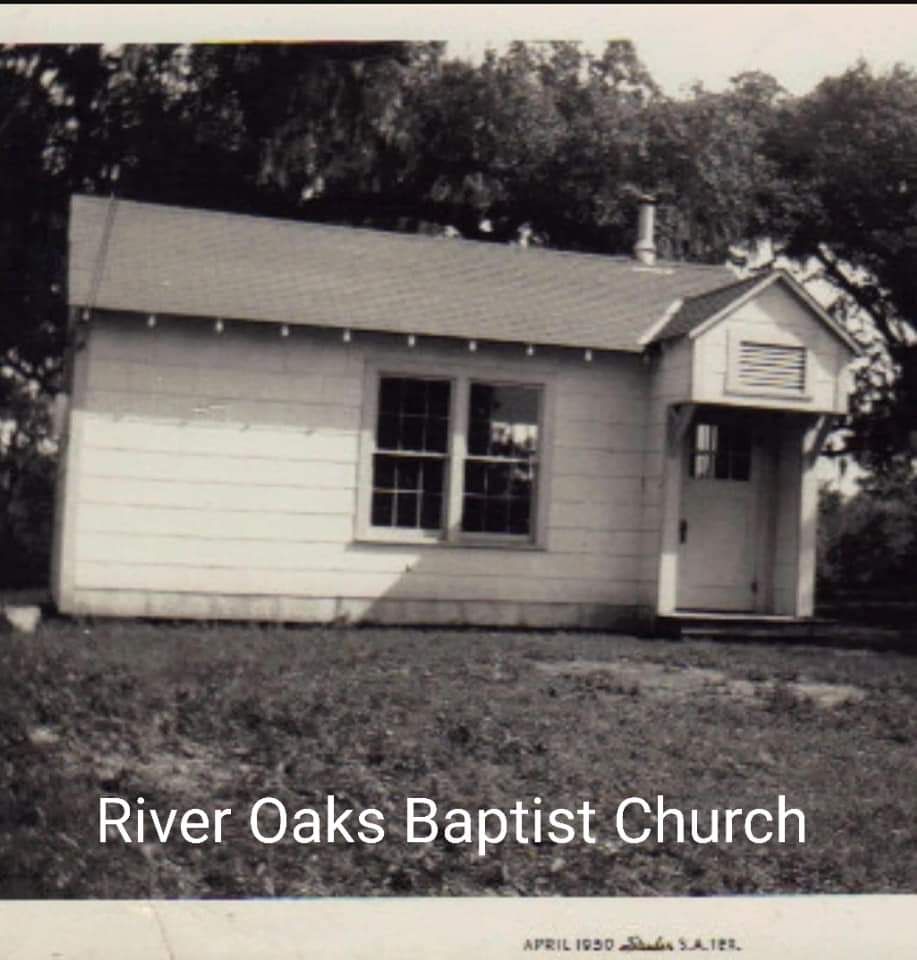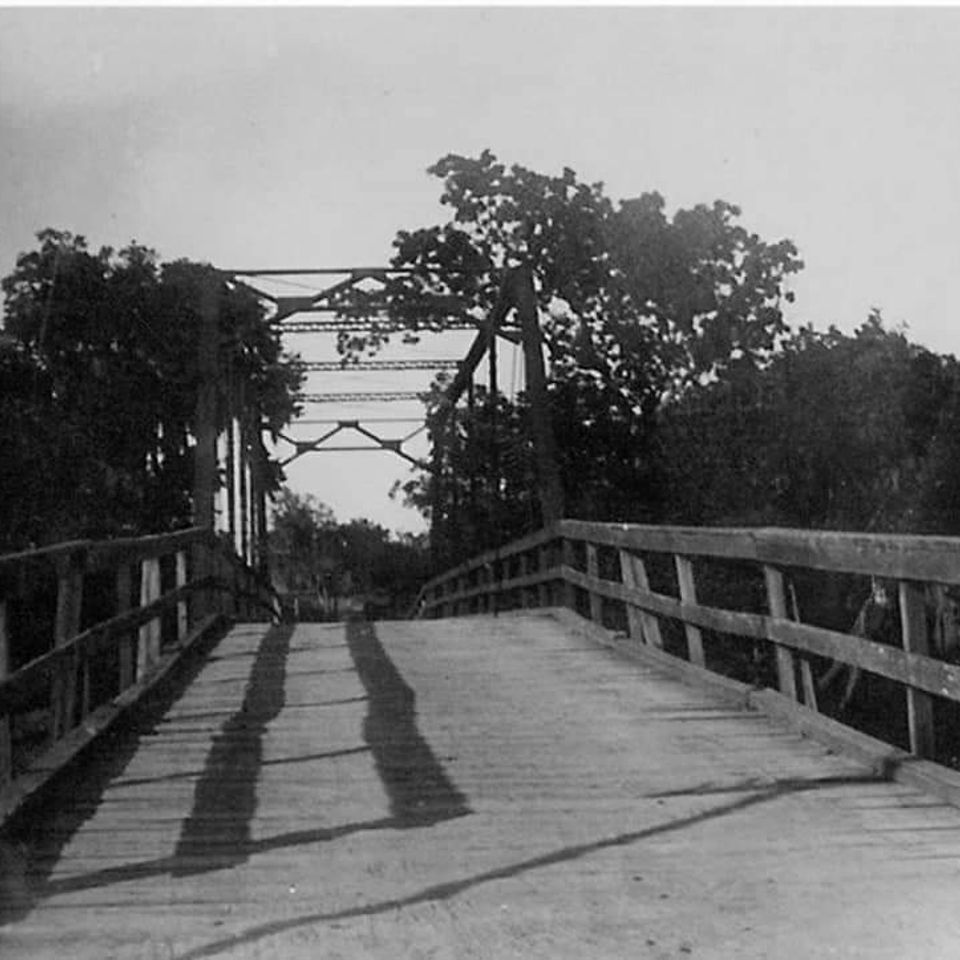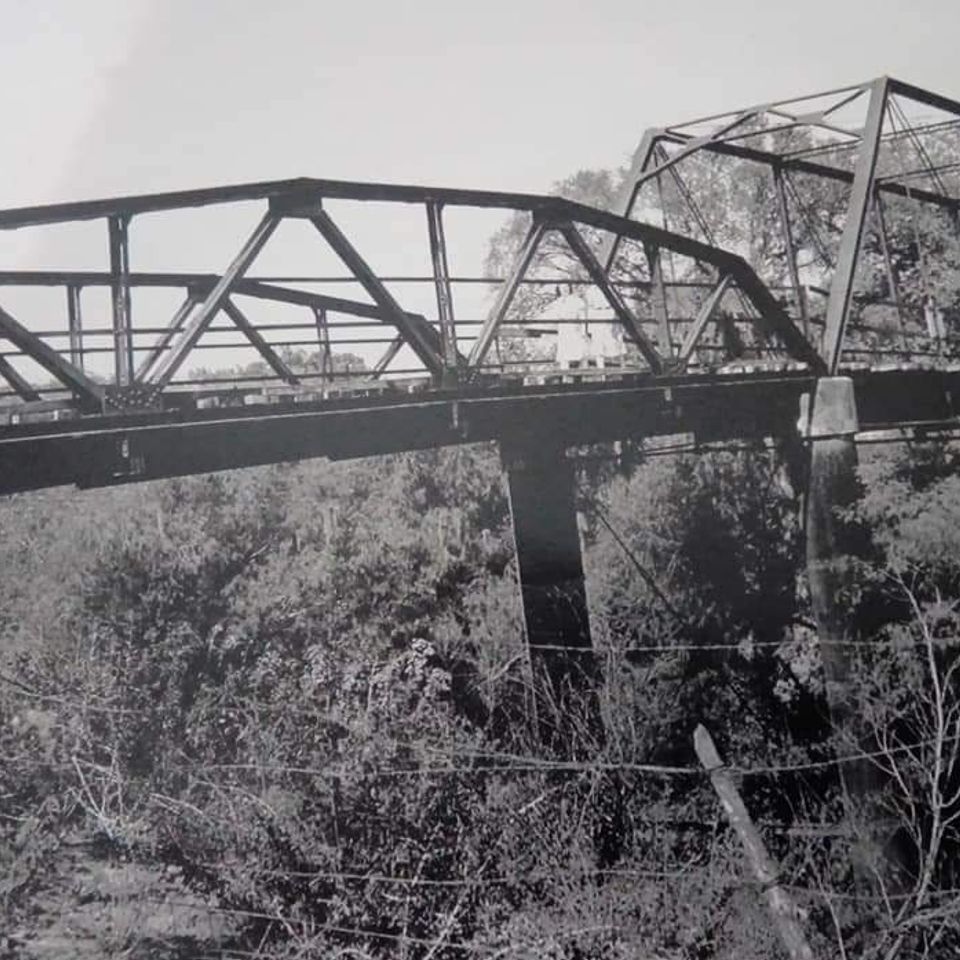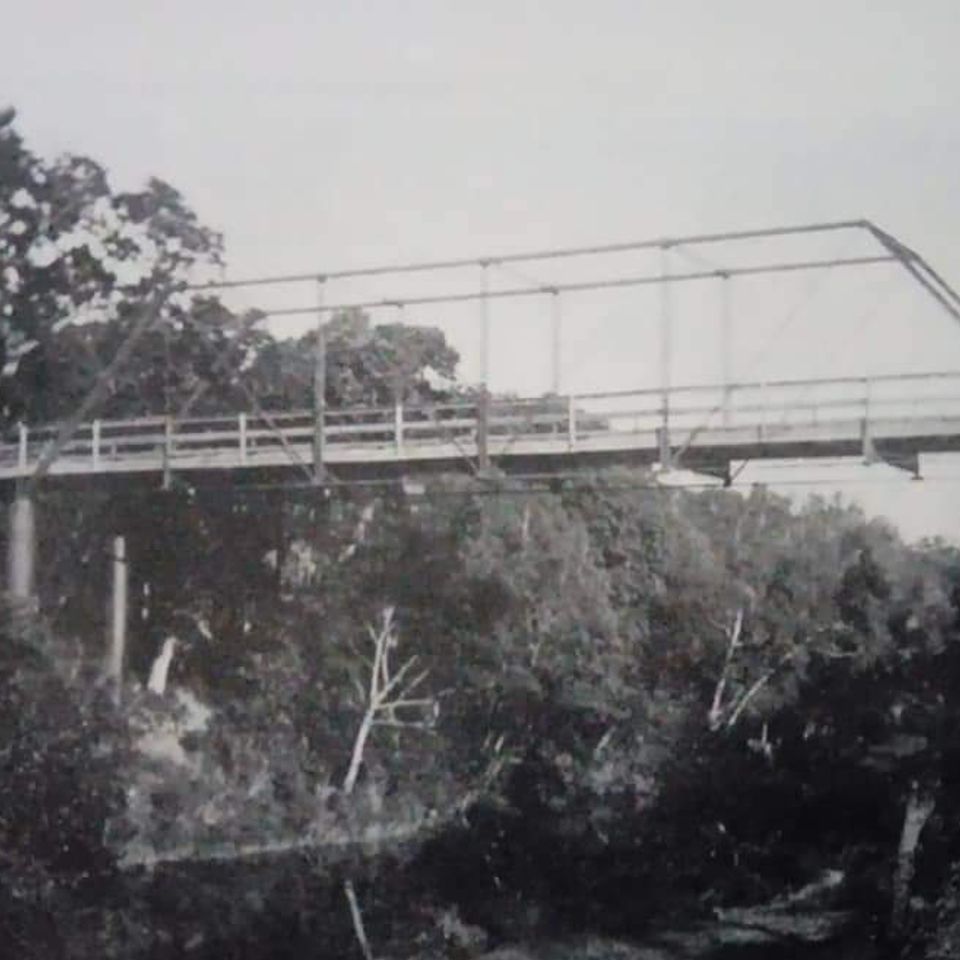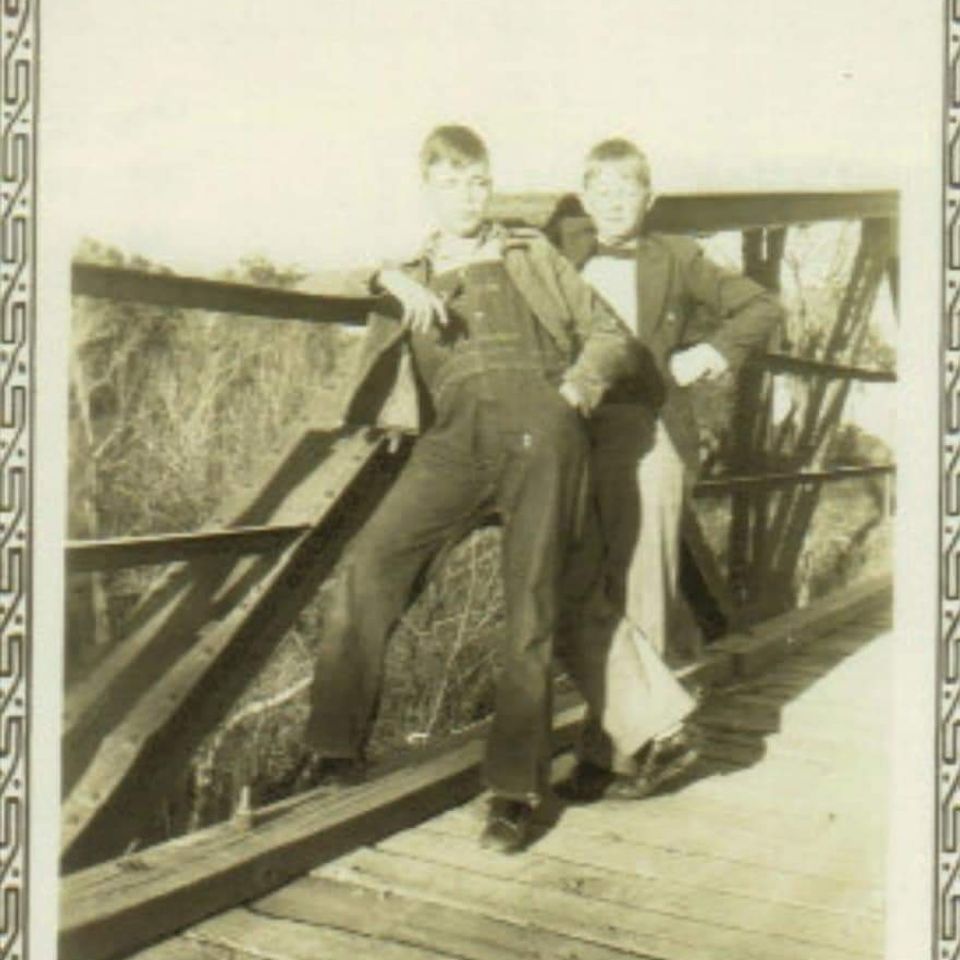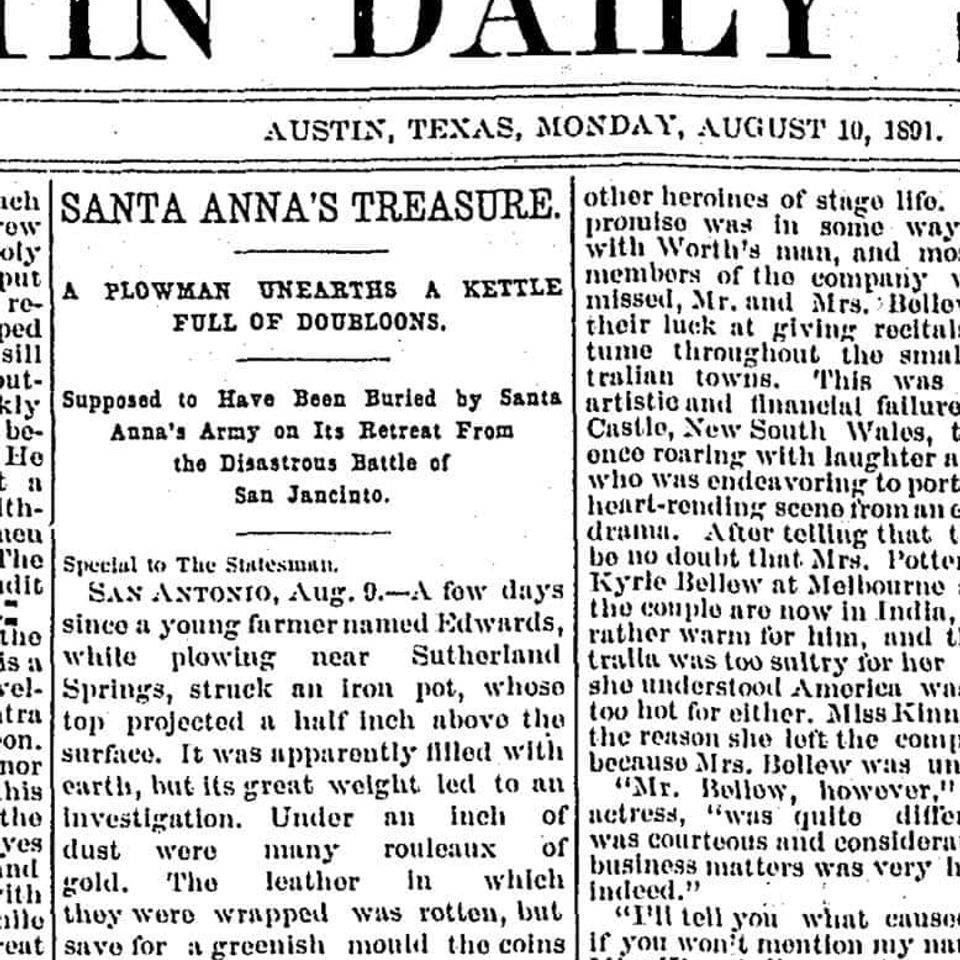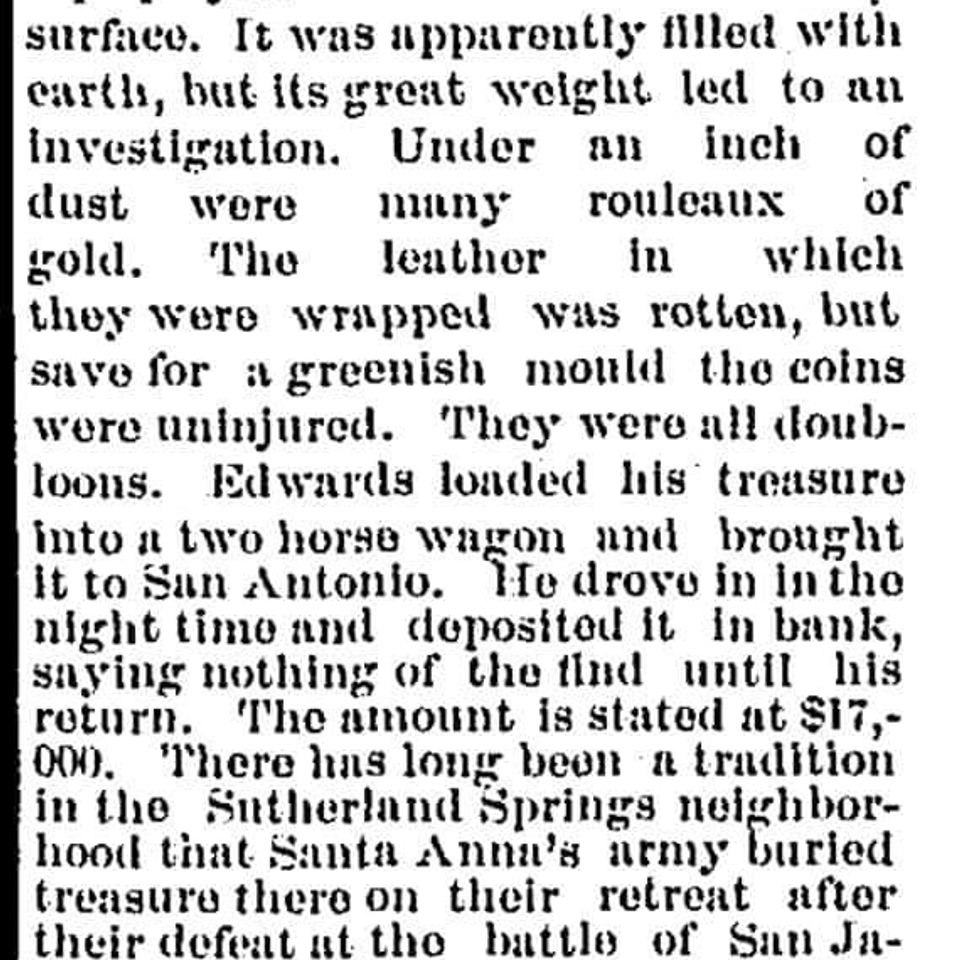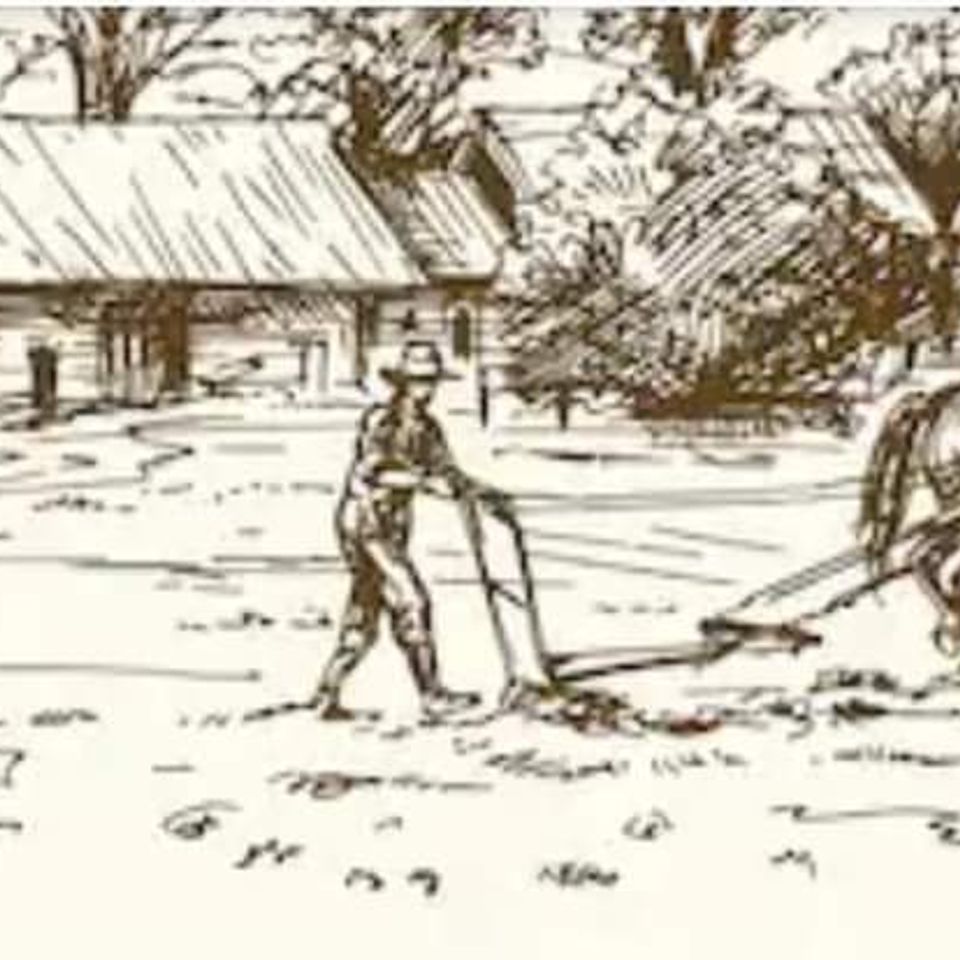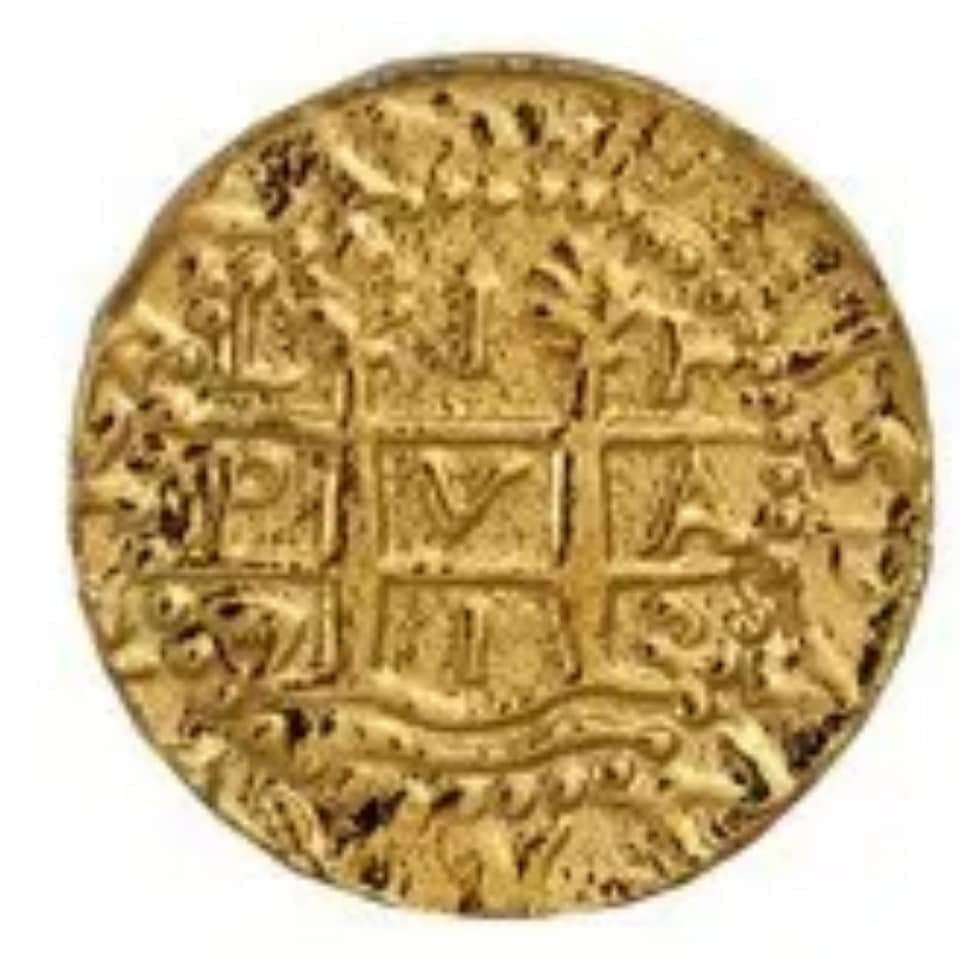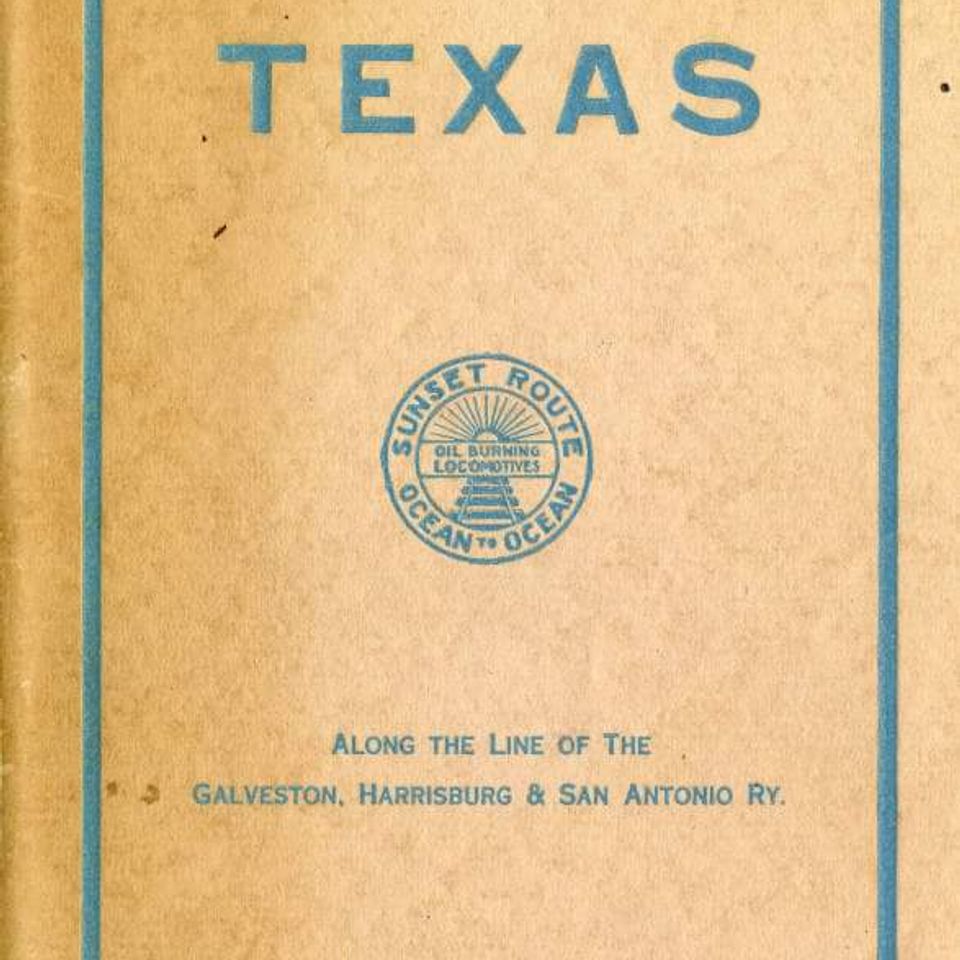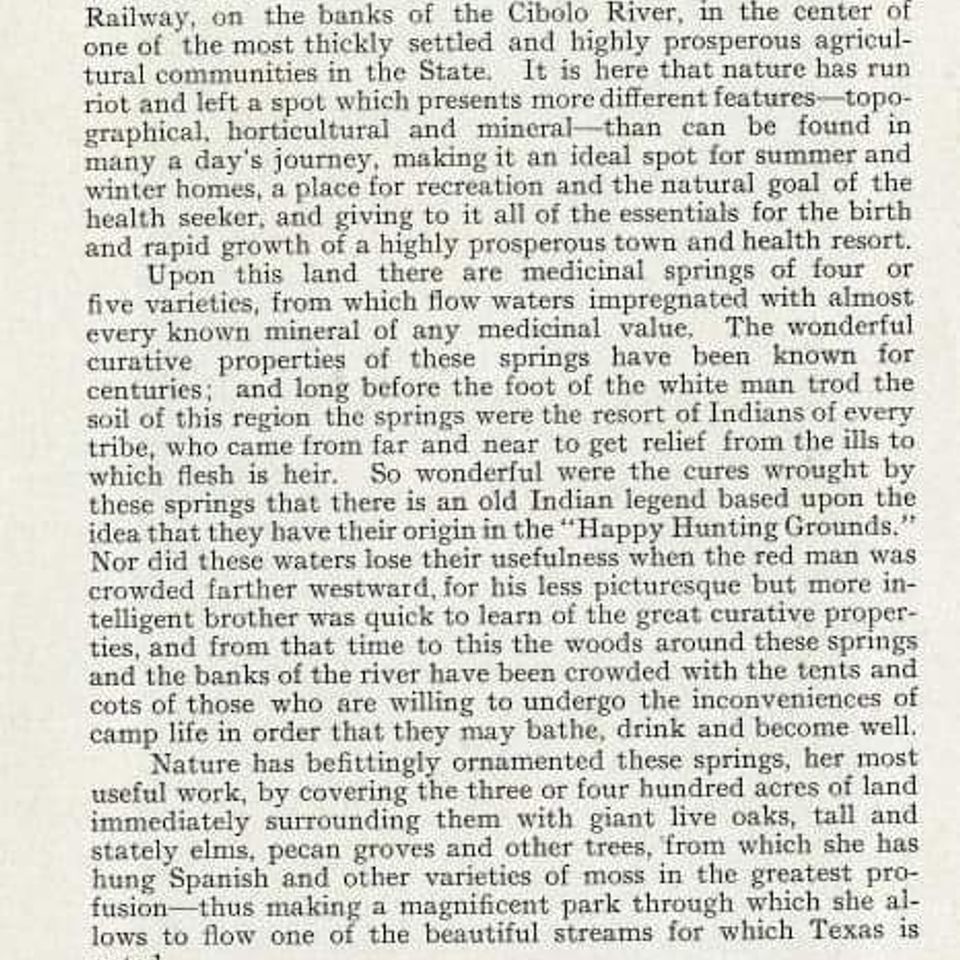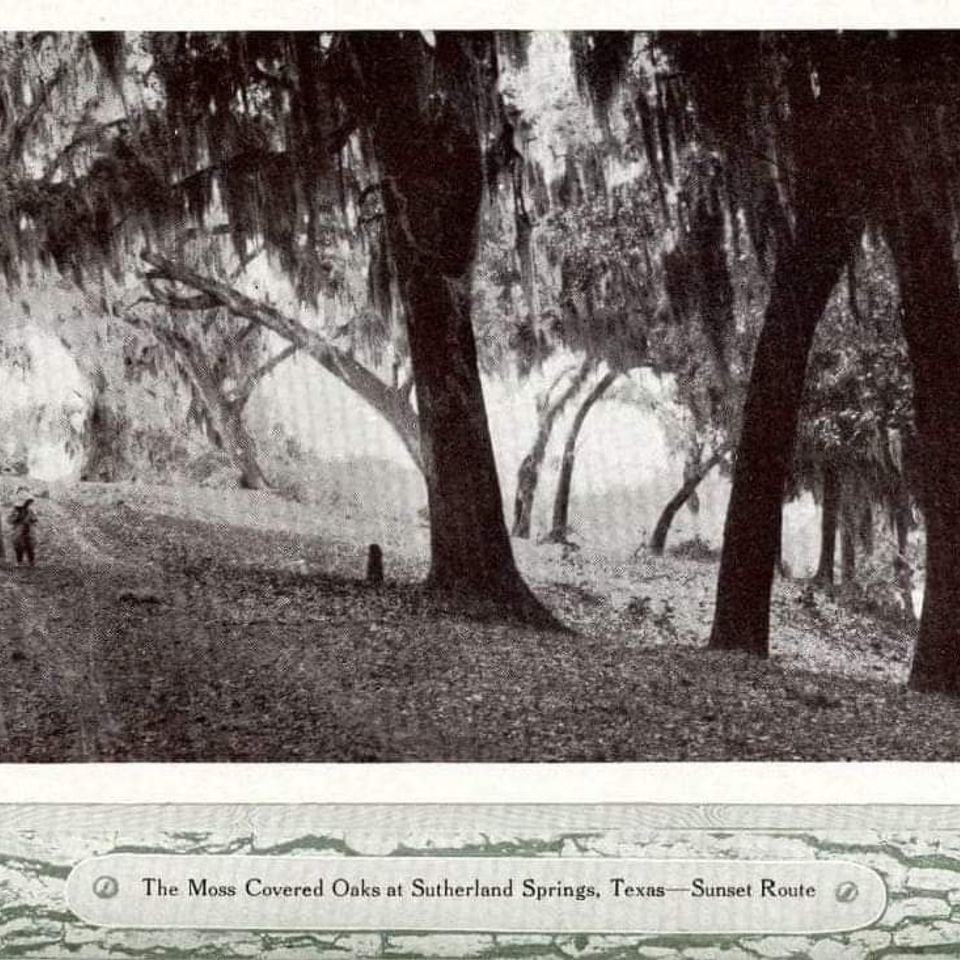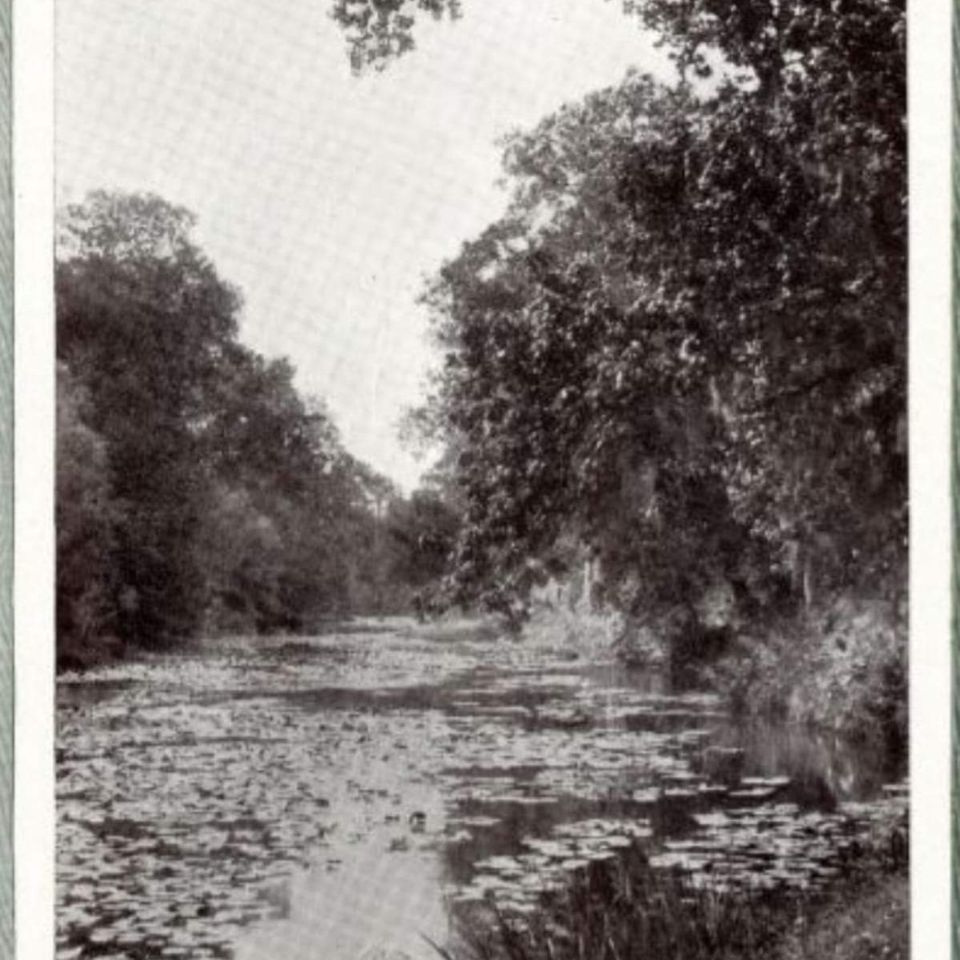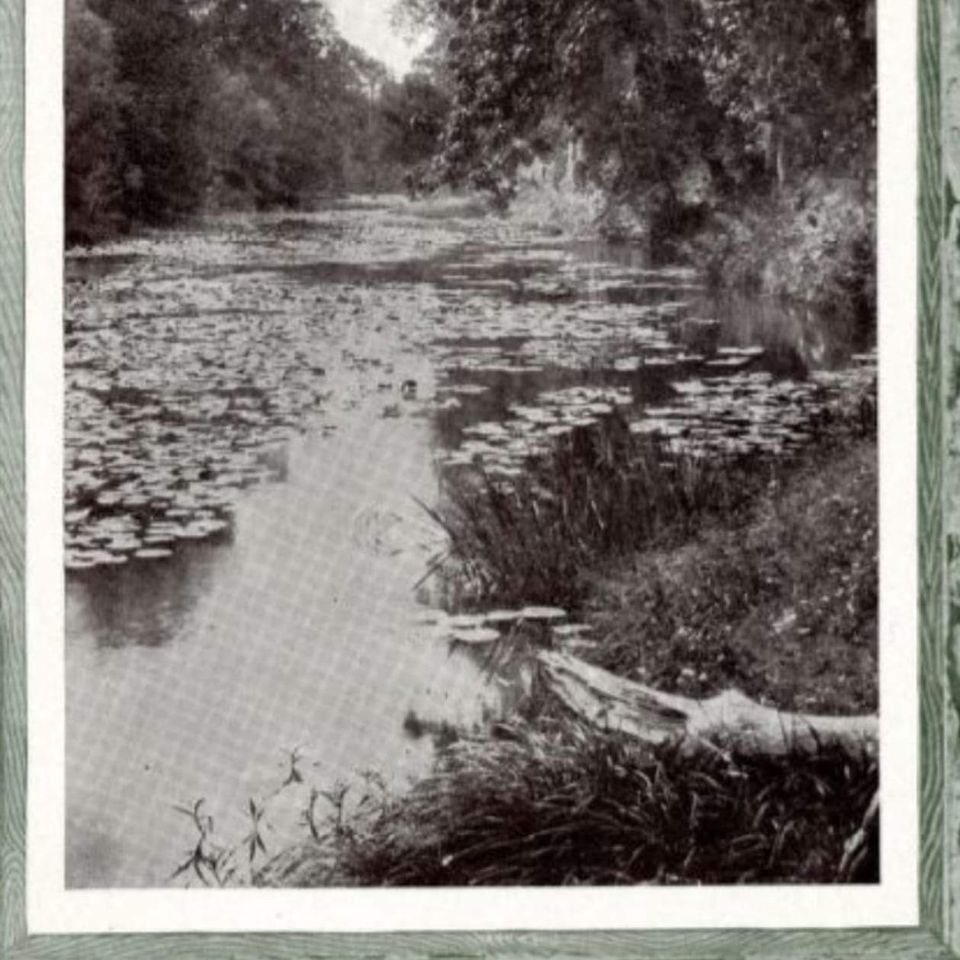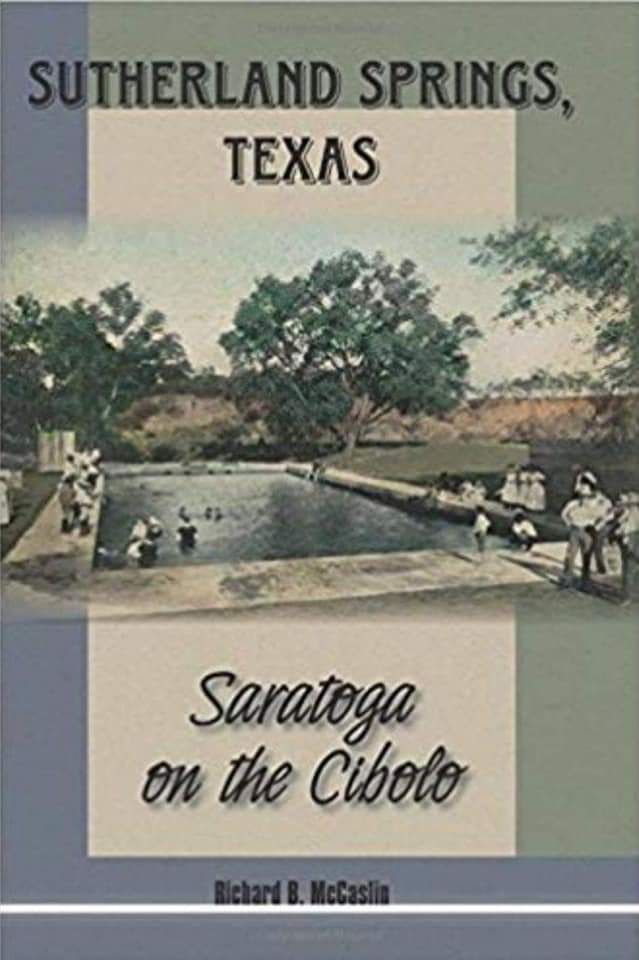"A Budget of Up to the Minute News from Towns of Southwest Texas"
San Antonio Light and Gazette, AUGUST 28, 1910
SUTHERLAND SPRINGS....
Mrs. Fred Peterson of San An
tonio returned home Sunday after a
ten-days visit to relatives in Suther
land Springs.
Miss Ethel Jack of Artesia is visit
ing Miss Bessie Rush of this city.
Miss Winnifred E. Williams of San
Antonio spent Sunday in Sutherland
Springs visiting Miss Bertha Singer.
Mrs. Fannie Rush gave a moonlight
picnie in honor of Miss Ethel Jack of
Artesia last Friday night at the bath
ing pool in the park. The following
were among the crowd: Mr. and Mrs.
E. J. Gore, Mr. and Mrs. E. A. AVid
man, Mrs. Fred Peters, Mrs. Rush and
Mrs. E. Oates. Misses Williams, Bes
sie Rush, Ethel Jack, Bertha Singer,
Emma Stevenson, Mollie Dunean, Cal
lie Dunean, Alice Warren and Rhodea
Williams. Among the boys were John
Sutherland, H. R. Stevenson, Jack
Adair, Marvin and Lancing Warren,
Robert C. Singer. Prior Tunstall, Rufus
Stevenson and Rex Covington.
I Jesse Pouncey, of the Smiley Bank,
accompanied his wife and children
home Sunday from Sutherland Springs,
where they have been camping.
Mrs. K. Y. Stevenson and daughter,
Miss Emma Stevenson, left Sunday fpr
San Antonio to spend several weeks
visiting her daughter, Mrs. J. N. Moore
of that city.
James Smith and family of Smiley
home Monday from a camp
teip at Sutherland Springs.
Mrs. V. V. Lawhorn, who has been
visiting her sister, Mrs. K. Y. Steven
son, for the past month, left Sunday
for her home at Corpus Christi.
J. L. Shinloe of Yoakum is a spend
ing a few weeks in Sutherland Springs.
Mrs. Dow of Aransas Pass spent Sun
day hdre.
Grace Kaufman of San Antonio
spent Saturday and Sunday in Suth
erland Springs.
Ed H. Everett, wife and child, of
San Antonio arc spending a vacation
at Sutherland Springs.
G. E. Melliff of San Antonio was a
visitor Sunday.
J. AV. Holmes and family from the
Panhandle are spending some time in
Sutherland Springs.
Fred Sherman of Mexico spent Sun
day in Sutherland Springs.
R. W. Nowlin of Victoria was
among the visitors Sunday.
Misses Sallie Bell Lay, Jennie and
lone Schull, Lydia Wiseman and Nan-
SUNDAY,
nie Fly of Lavernia are among the
campers here.
Miss Ethel Powers of San Antonio
is spending a week in the Springs.
G. R. Cockrum returned Sunday from
a short business trip to San Antonio.
E. E. Chandler of Stockdale was
among the visitors Sunday.
A. B. Burnett of San Antonio was
registered at the Hotel Sutherland.
Misses Virgie and Sallie Lay of La
vernia were visitors Sunday.
H. D. Hoffmartin of Dallas is regis
tered at the Hotel Sutherland.
Mrs. M. J. Mackey of Chicago spent
Thursday in Sutherland Springs.
Curtis E. Warren and family of San
Antonio are camping at Sutherland
Springs.
H. Phillips and wife of San Antonio
are among the visitors here.
Mrs. M. J. Bryant of San Antonio
is spending the week at Sutherland
Springs.
Mrs. Ella and Miss Dukas Dunean
of Liberty were visitors to Sutherland
Springs Thursday.
Mrs. Jeneatte Evans of San Antonio
is spending some time at the Springs.
Mrs. N. E. and Miss M. Hutchins of
San Antonio were among the visitors
to Sutherland Springs Thursday.
Miss Cathleen Seale is the guest of
Miss lone Schull. who is in the
Springs on a camping trip.
Mrs. Mary E. Muncey of San An
tonio was registered at the Hotel
Sutherland Thursday.
*********************
STOCKDALE...
Stockdale
Mr. t d Mrs. Charles Montgom
ery and children have returned to
their home at Weir, Tex., after a visit
here to relatives. They were accom
panied home by Mrs. Montgomery's
mother, Mrs. J. f*. Dameron Sr.
W. E. Cotter of Sutherland Springs
was a visitor here Saturday.
Miss Ruth Spear of Union is the
guest of her sister, Mrs. William Cot
ter.
Mrs, E. AI. Norwood of Karnes City
is here visiting her son Walter Gor
ham, and family.
Miss Dide Grissom of San Antonio
is here with her parents for a few
d .vs' visit. ।
Lou Carr and Bob Spear left Satur
day for a few days' stay at Galveston.
Willis Alston and wife of Houston
are here, the guests of Mr. and Mrs.
G. B. Gouger.
J. C. Dameron and T. Y. Hardin have
1 returned from Eagle Pass, where they
attended the Dry Farmers' convention.
Misses Pearl and Bessie HoWe and
Singa Harper were at Shiloh Monday,
where Miss Pearl Howe will teach the
coming term of public school.
Mrs. Herbert Harvey left Monday
for San Antonio, where she will visit.
G. B. Gouger and family and Mr.
Gouger's mother. Mrs. Henry Smith,
were at Sutherland Springs Tuesday.
Miss Luda Spear is here from Union
to visit her cousin, Mrs. Everett Reed.
Mrs. Lew Tumlinson and children are
at Leesville visiting relatives.
Mrs. Emma Geyer and children of
San Antonio have returned home after
a visit to relatives here.
Mr. and Mrs. Everett Reed spent
Sunday in Floresville with relatives.
Miss Singa Harper visited relatives
at Sunny Side Sunday.
The supper given Saturday by the
ladies of the Cemetery association was
a success, having made $5O after ex
penses were paid.
Mr. and Mrs. Harry Alston and chil
dren and Mr. and Mrs. Willis Alston of
Houston spent Sunday at Sutherland
Springs.
Misses Pearl and Emma Kinsey were
visitors here Tuesday.
Thad Reese of Floresville was here
this week on business.
Mrs. Dora Conn and Miss Rebecca
Conn have returned from an extended
visit to relatives at Fort Worth.
Heck Cox and daughters of Maree
lena were here Tuesday to attend the
funeral of Miss Victoria Bell.
Mr. and Mrs. Hugh Conn of near
Floresville were here this week.
Miss Annie Short has accepted a po
sition in the Caddo school for the com
ing term.
E. E. Peary of Unity was hero
Wednesday on business.
